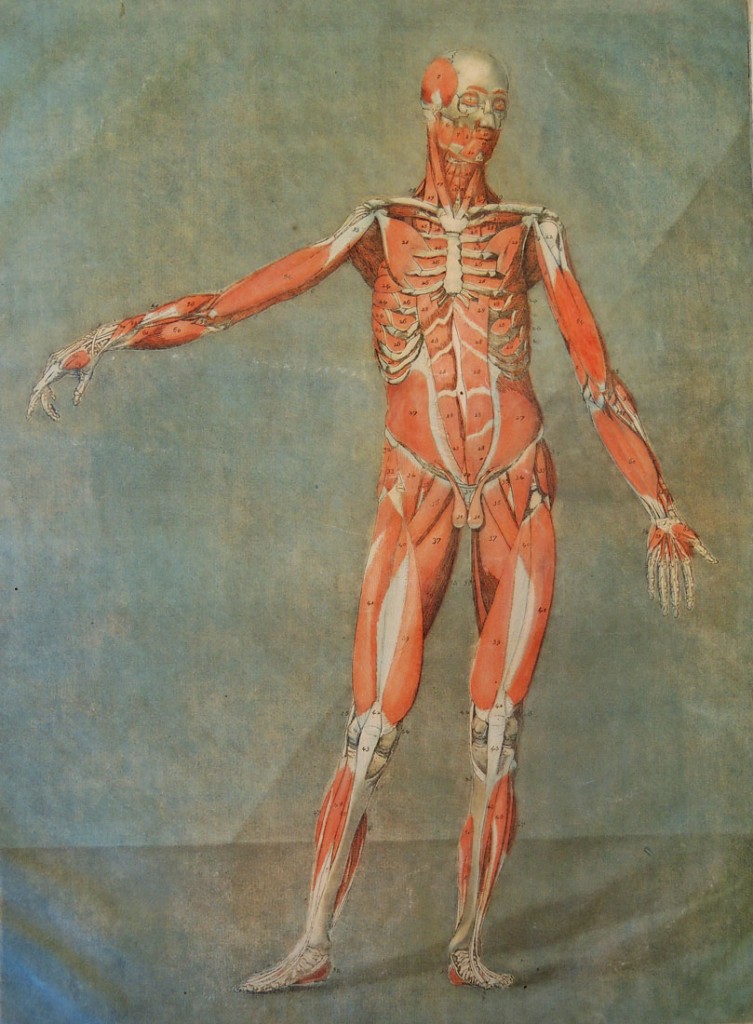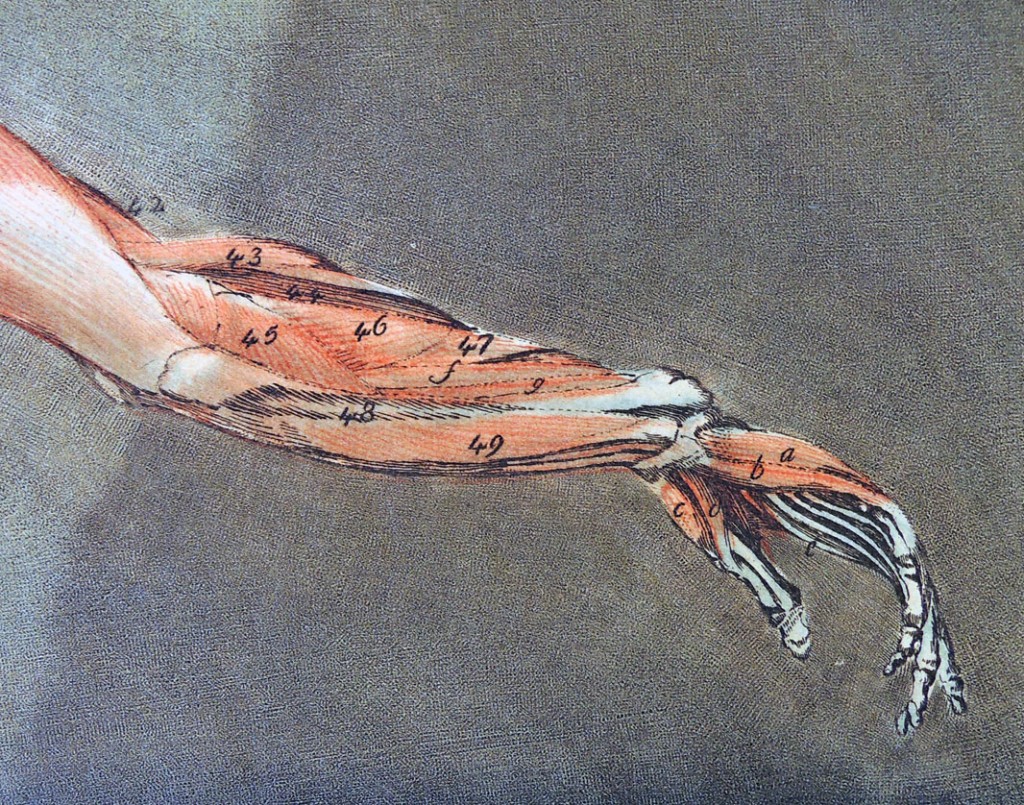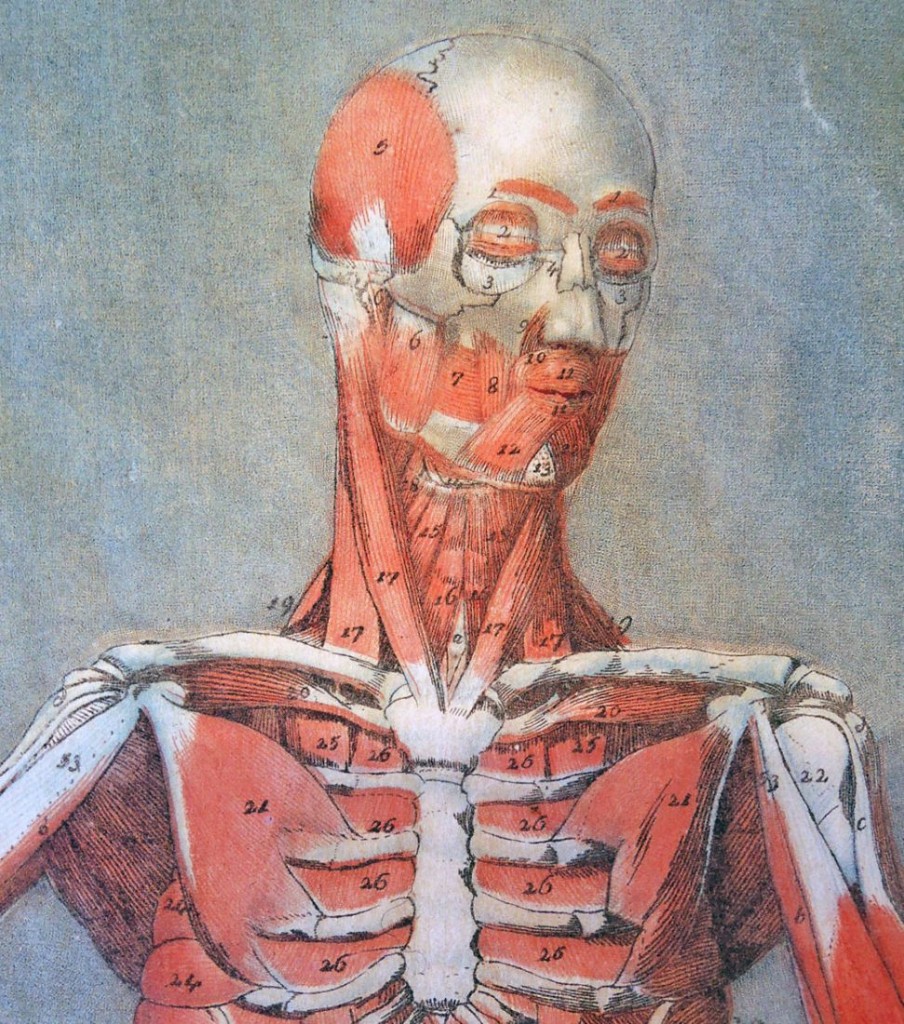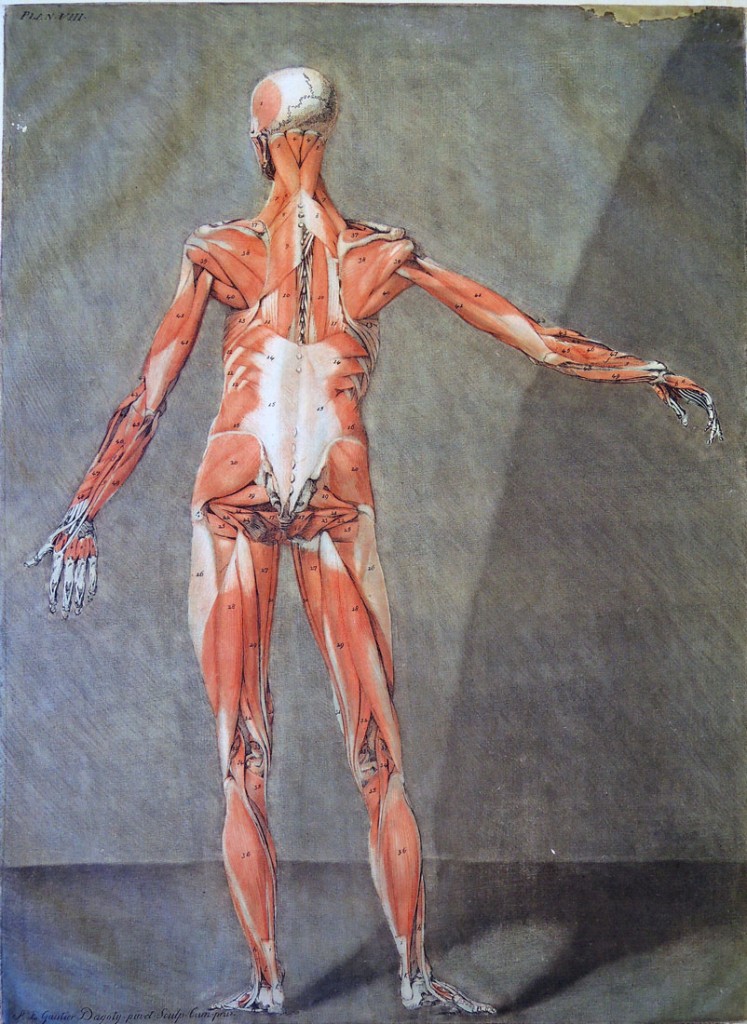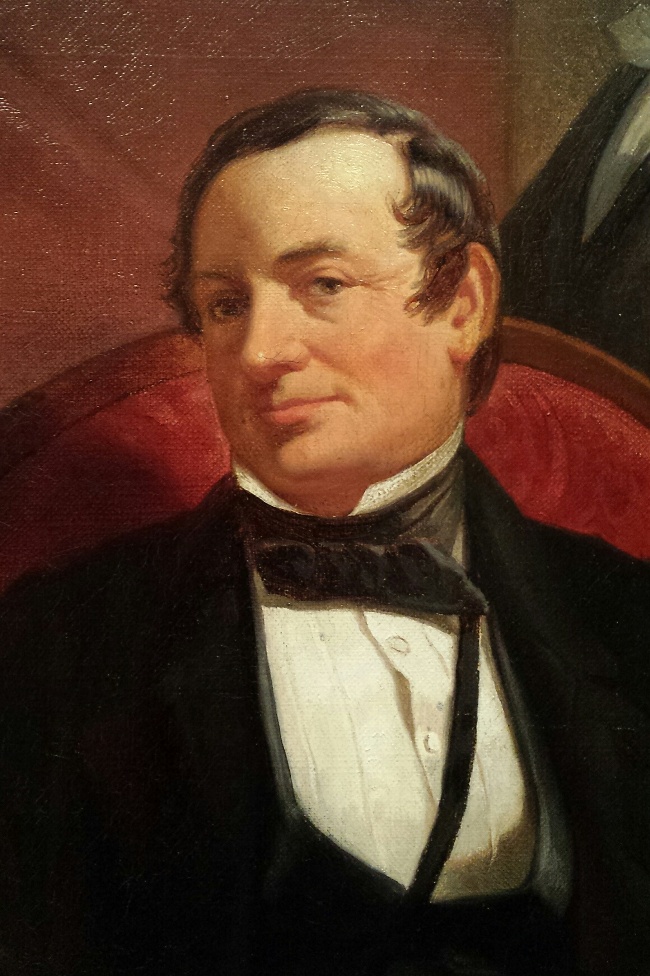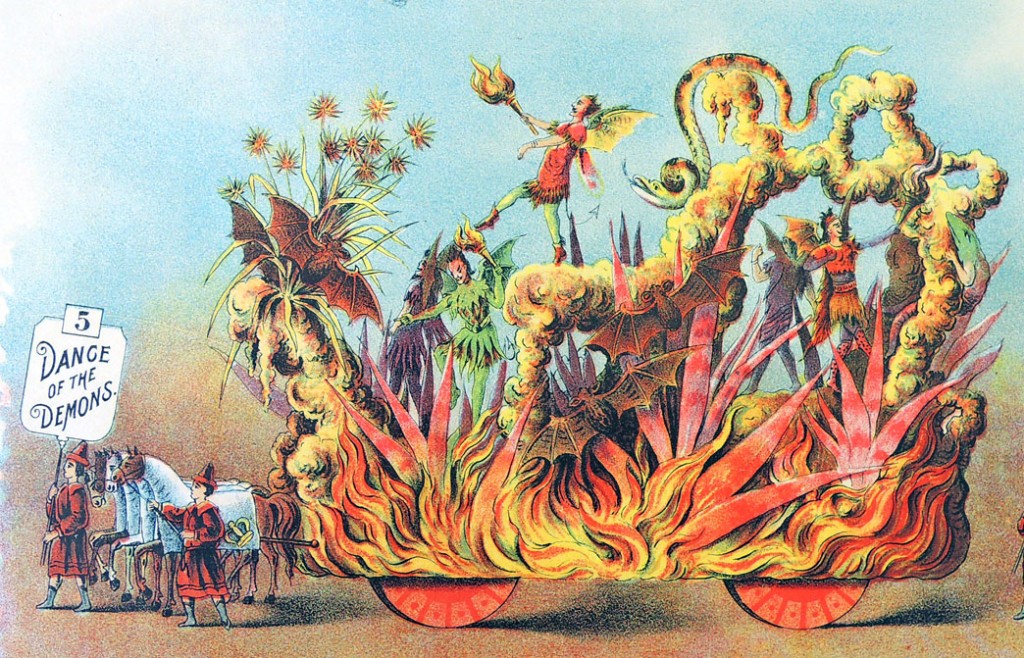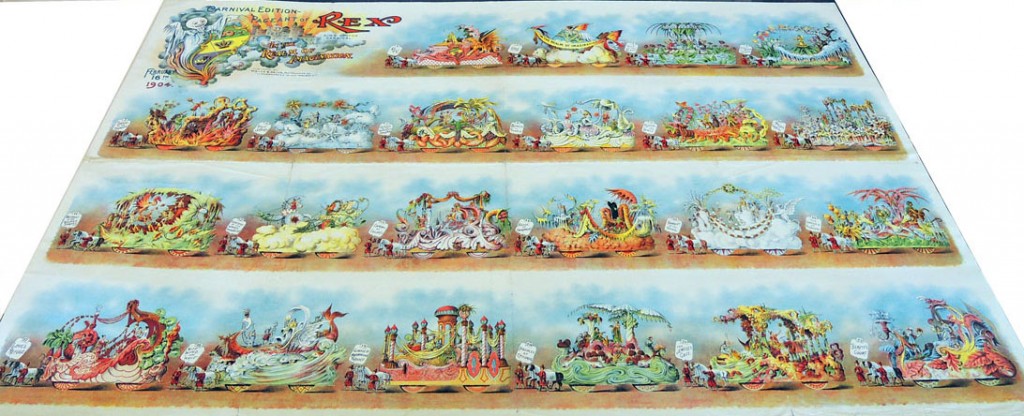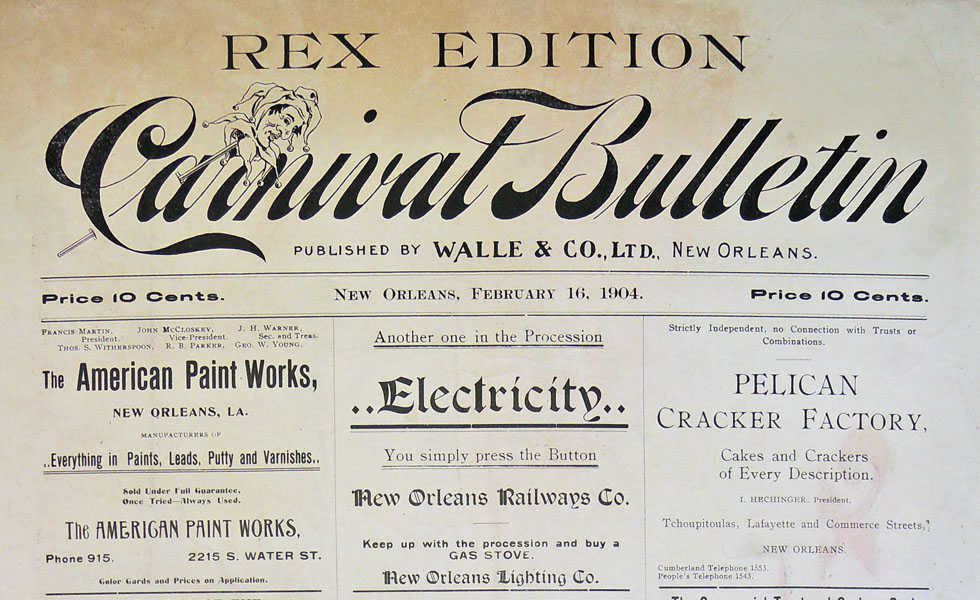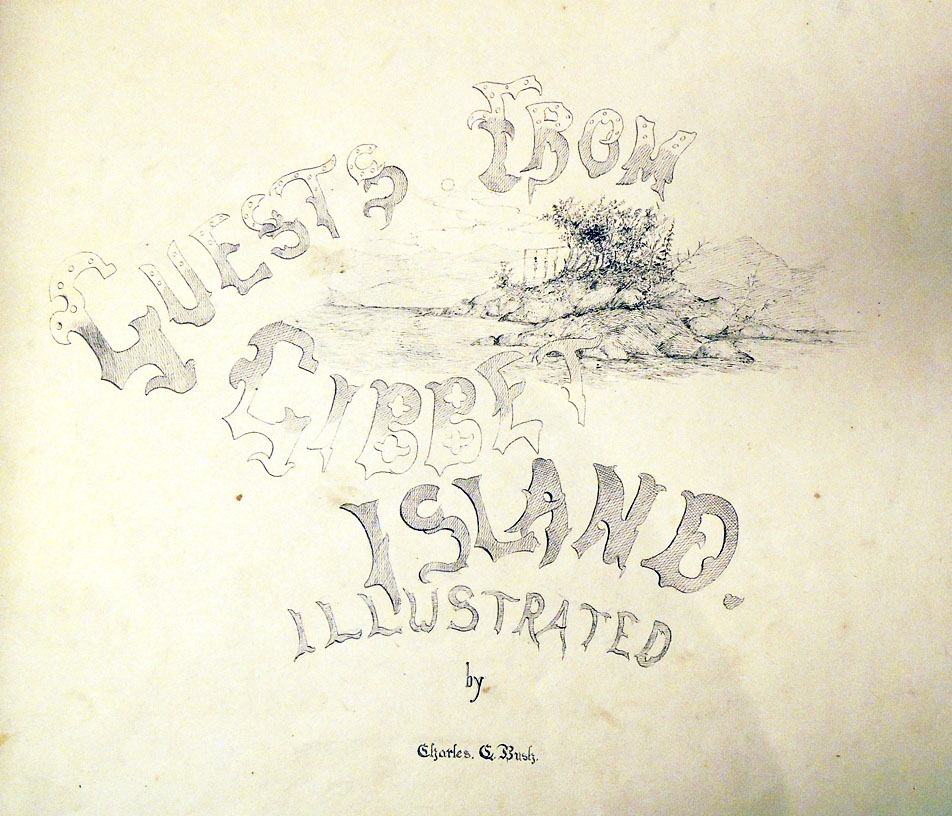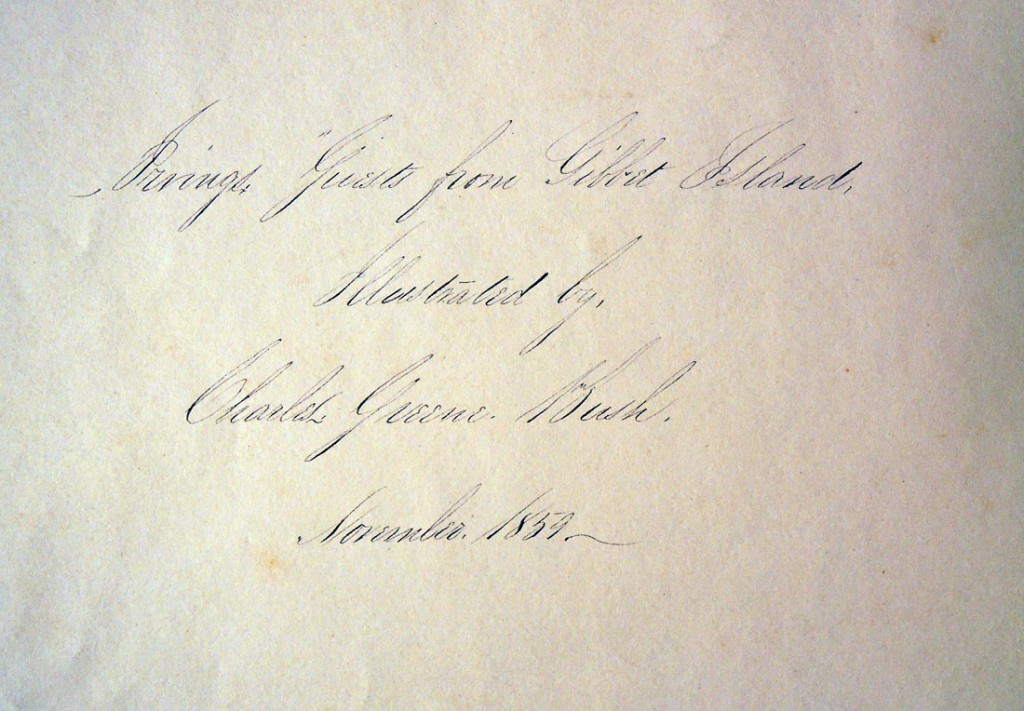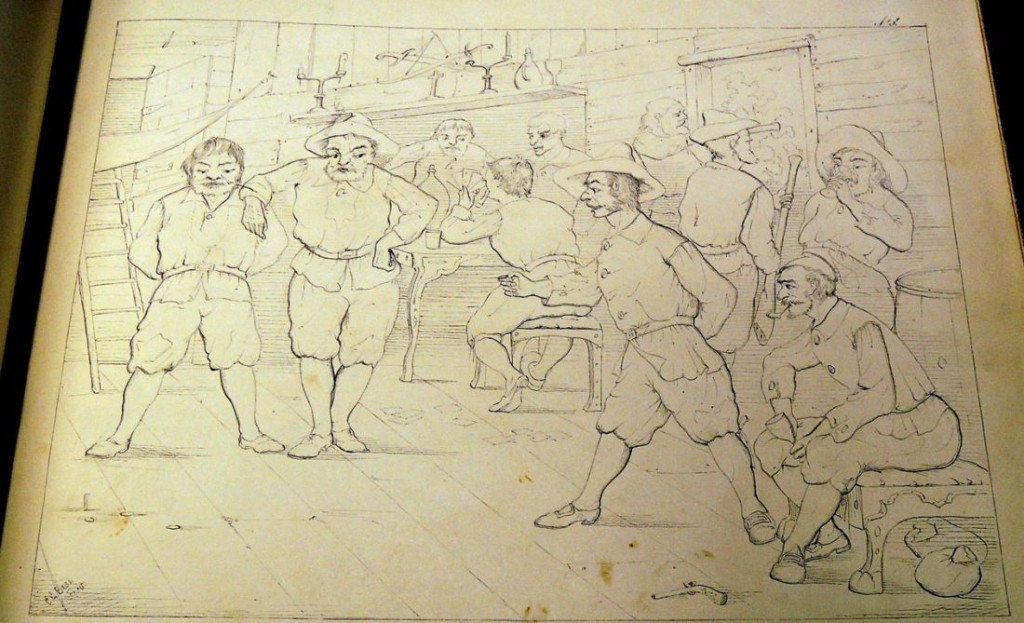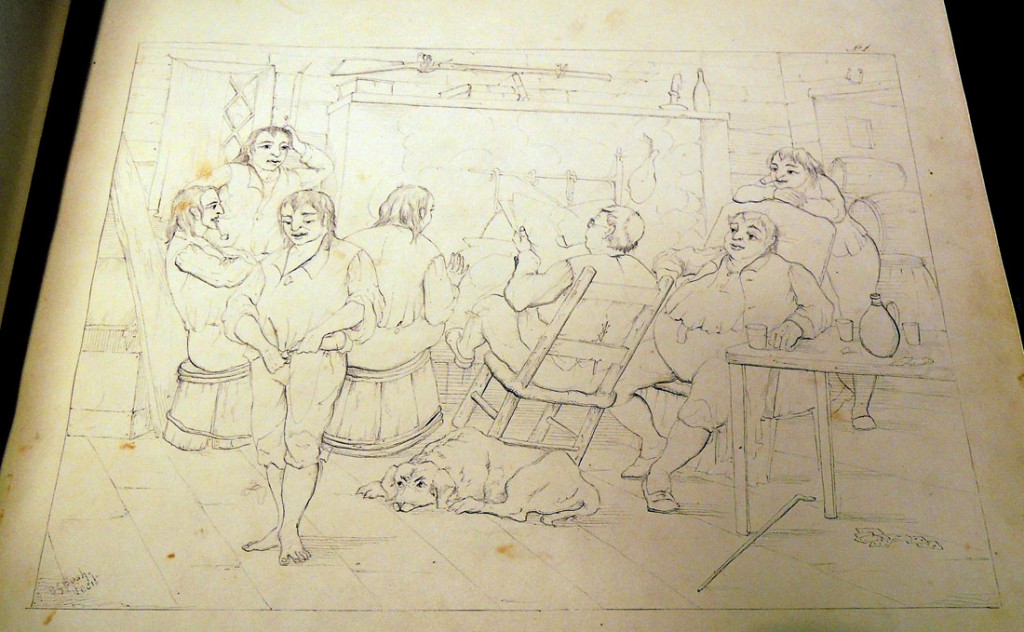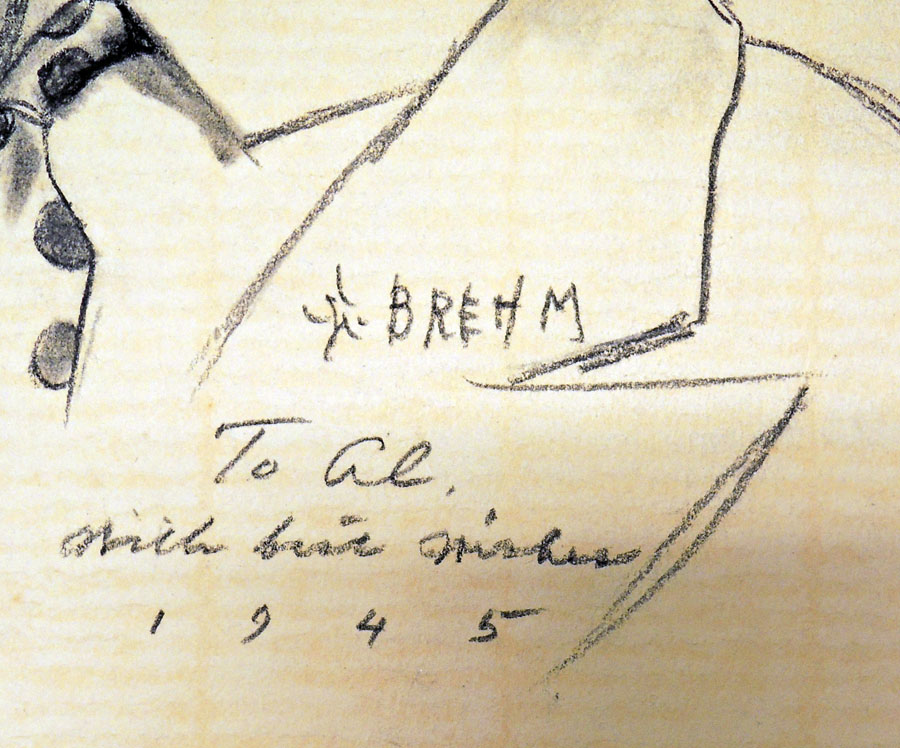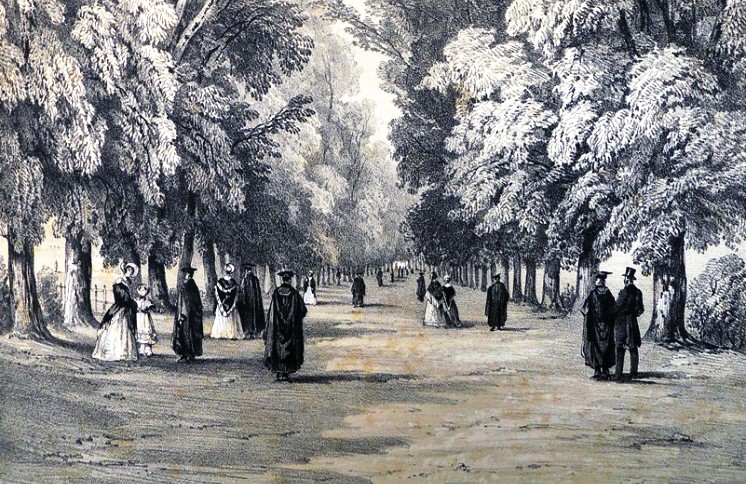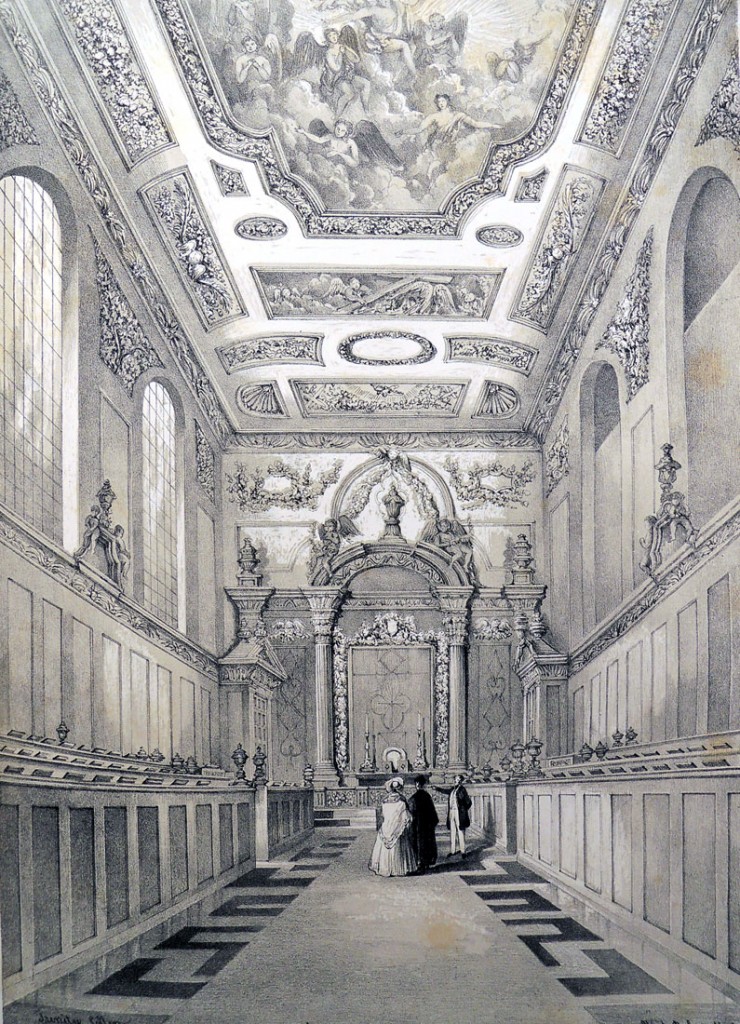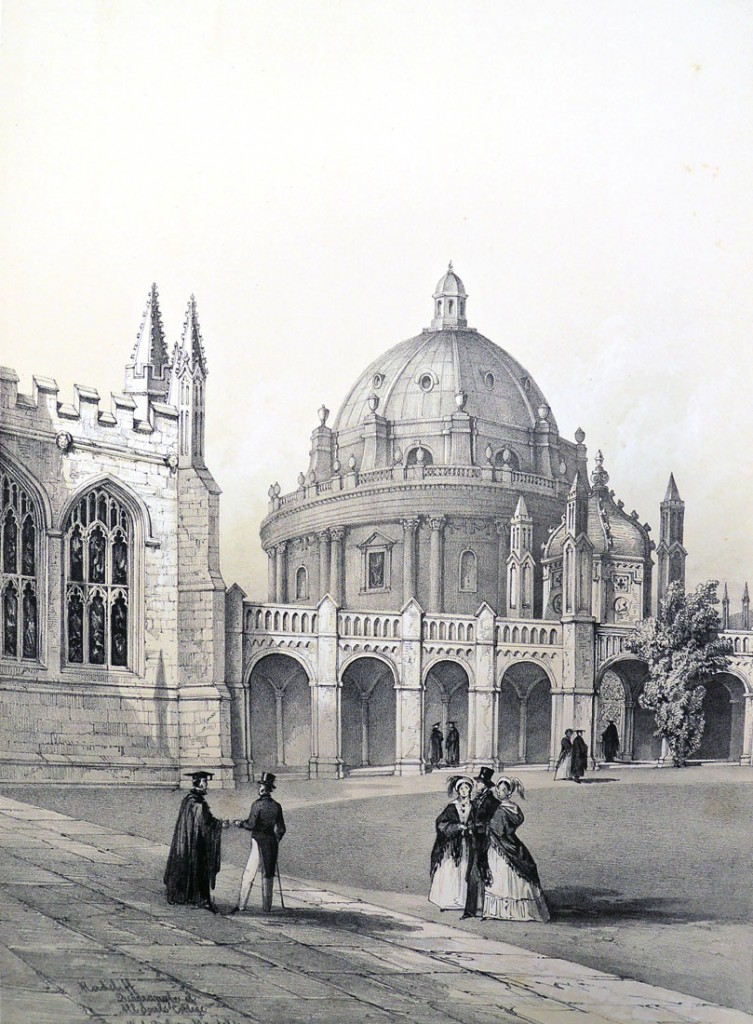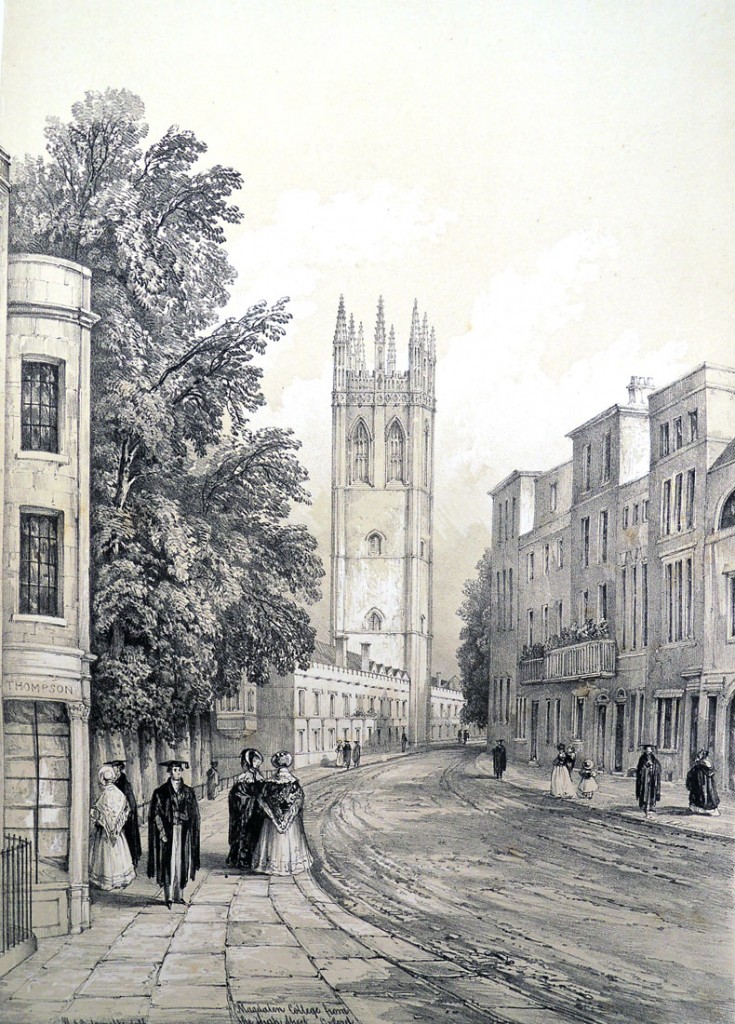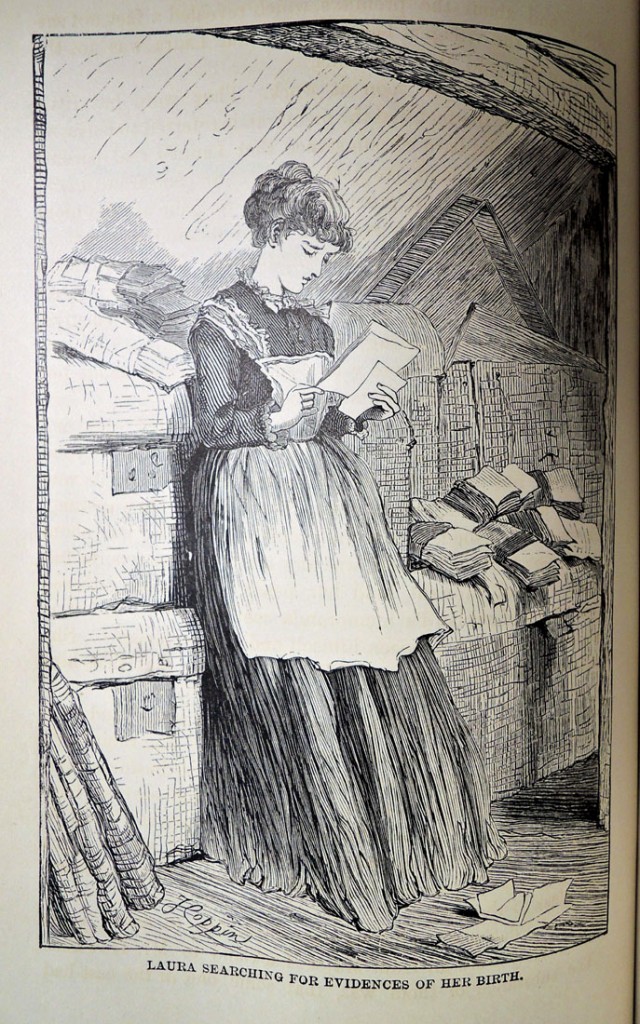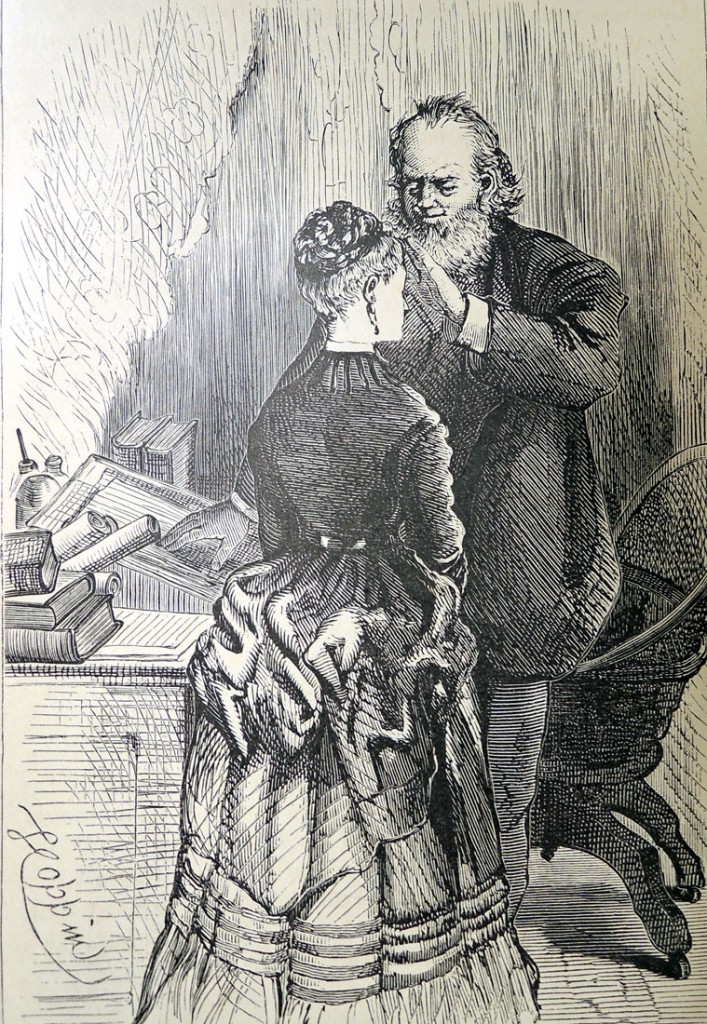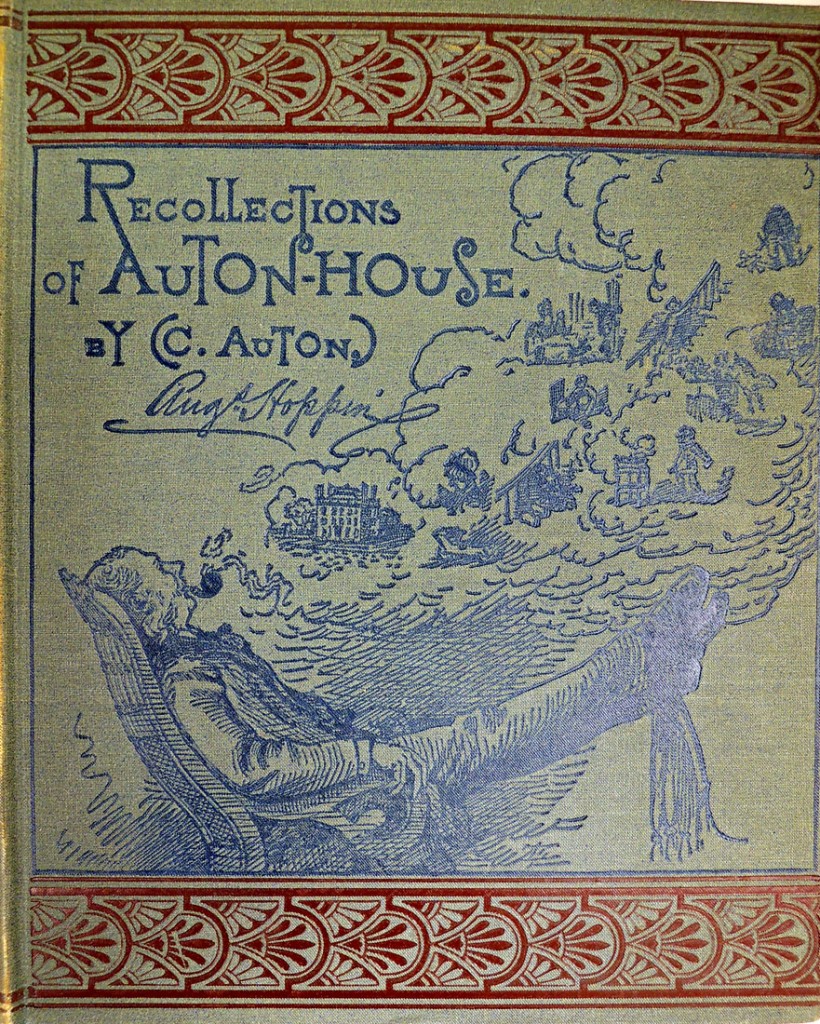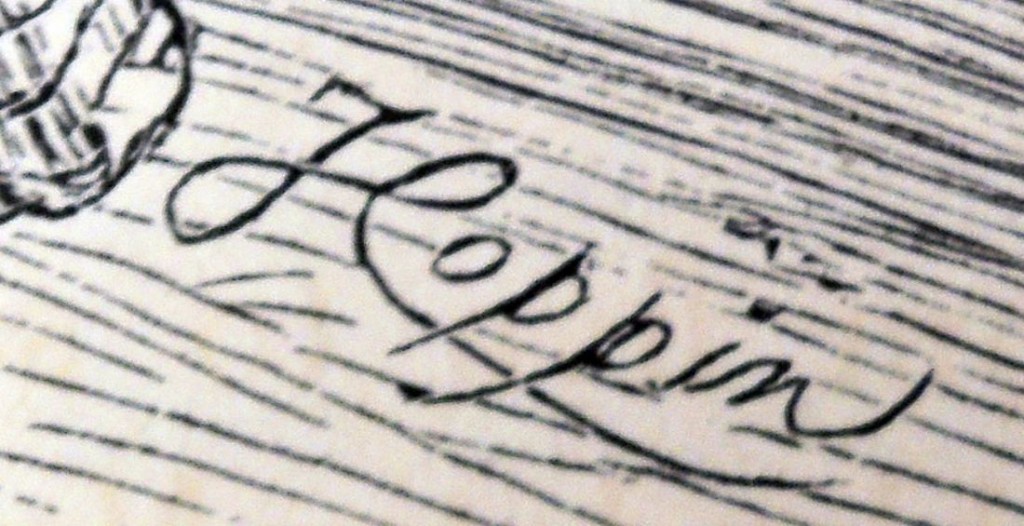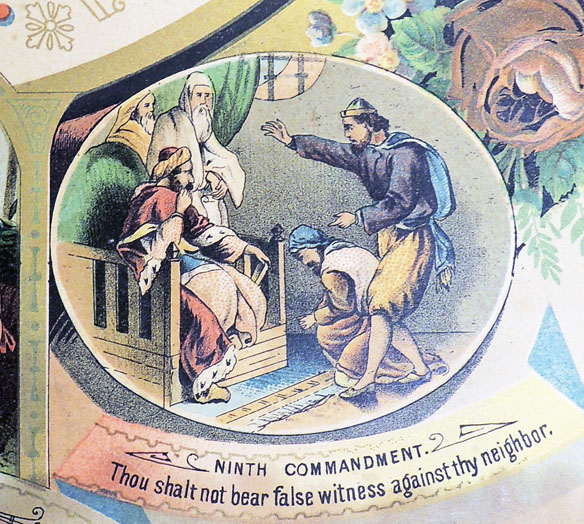

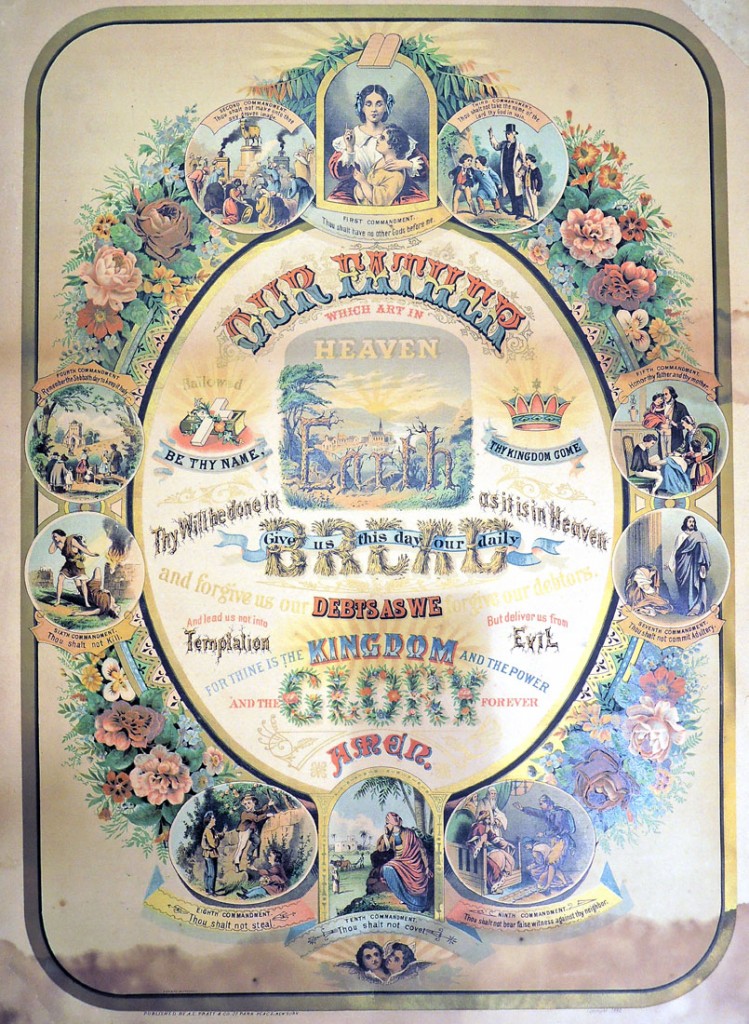
 Our Father Which Art in Heaven. Chromolithograph. New York: A.E. Pratt & Company, 1880. Graphic Arts Collection. Ephemera.
Our Father Which Art in Heaven. Chromolithograph. New York: A.E. Pratt & Company, 1880. Graphic Arts Collection. Ephemera.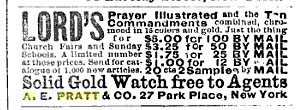
Category Archives: prints and drawings
Bodies of Knowledge
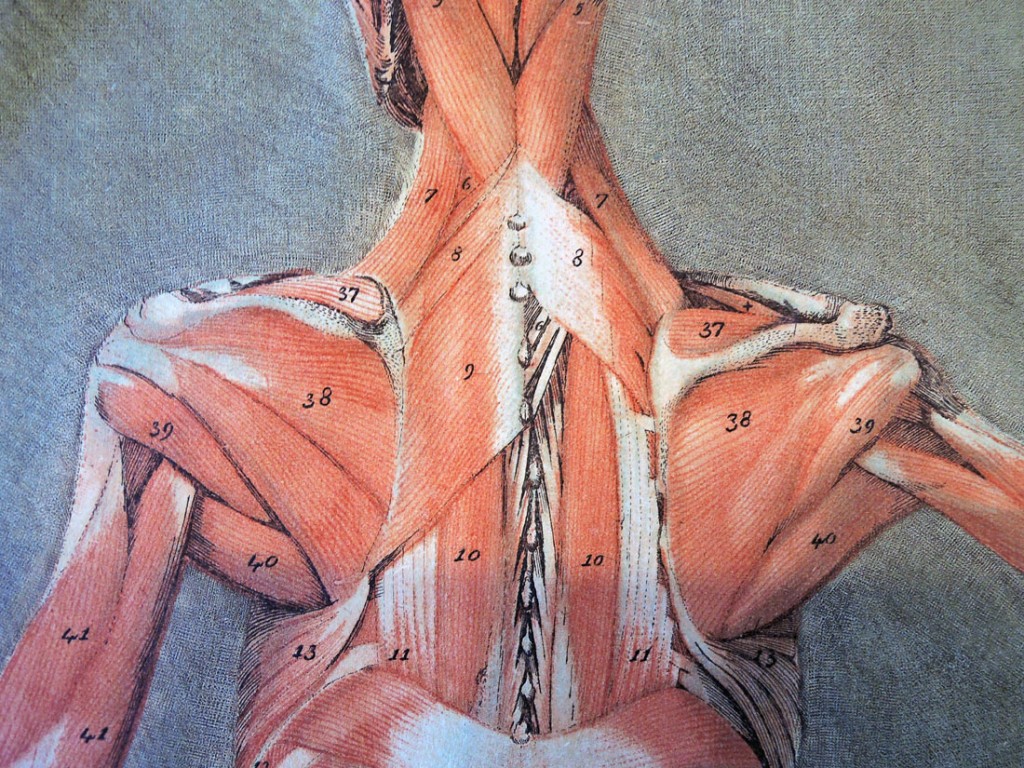 In preparation for ART 321 / HUM 321 Bodies of Knowledge: Art and Anatomy in Renaissance Italy, with Susanna C. Berger, we pulled a few prints beyond the Renaissance focus. These two four-color mezzotints are by Arnaud-Eloi Gautier-D’Agoty (1741-1780 or 1783), the second son of the celebrated Jacques-Fabien Gautier-D’Agoty (1717-1786), who held the royal privilege for color printing in France.
In preparation for ART 321 / HUM 321 Bodies of Knowledge: Art and Anatomy in Renaissance Italy, with Susanna C. Berger, we pulled a few prints beyond the Renaissance focus. These two four-color mezzotints are by Arnaud-Eloi Gautier-D’Agoty (1741-1780 or 1783), the second son of the celebrated Jacques-Fabien Gautier-D’Agoty (1717-1786), who held the royal privilege for color printing in France.
The Gautier-Dagoty family (including all five sons) printed and published a number of scientific and anatomical studies both together and individually. Arnault-Eloi is credited with the color plates for Nicolas Jadelot’s Cours complet d’anatomie (1773) and the illustrations for the Mémoire sur des bois de cerfs fossiles (1775) by Barthélemy Faujas de Saint-Fond (1741–1819). Although we don’t own the complete volumes, we do have these two full body muscle studies.
More attention is often paid to the printing of these anatomies, than their medical application. Arnault’s father learned multi-color printing at the studio of Jacob Christoph Le Blon, where he “remained there for only a few weeks, long enough to study the process of colour printing that Le Blon had developed, of superimposing three mezzotinted plates. In order to make use of this method without being accused of plagiarism and to speed up the printing, Jacques-Fabien used an extra plate inked in black or bistre, which gave the tonal values: this was the basic principle of four-colour printing. He was granted a royal licence, which was disputed by Le Blon’s heirs until 1748.” (Oxford Dictionary of Art)
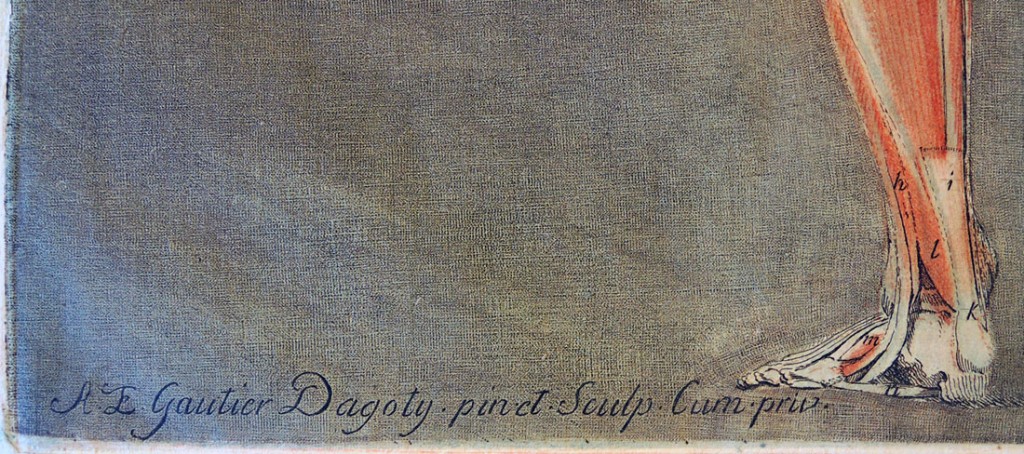
Arnault-Eloi Gautier-D’Agoty (1741-1780 or 1783), Plate 8 in Cours complet d’anatomie peint et grave en couleurs naturelles (Full course anatomy painted and engraved in natural colors), 1773. Color mezzotint, aquatint, and engraving. Graphic Arts Collection GA 2012.01421
Arnault-Eloi Gautier-D’Agoty (1741-1780 or 1783), Plate 4 in Cours complet d’anatomie peint et grave en couleurs naturelles (Full course anatomy painted and engraved in natural colors), 1773. Color mezzotint, aquatint, and engraving. Graphic Arts Collection GA 2012.01420
The History of the Monument, Extra-Illustrated
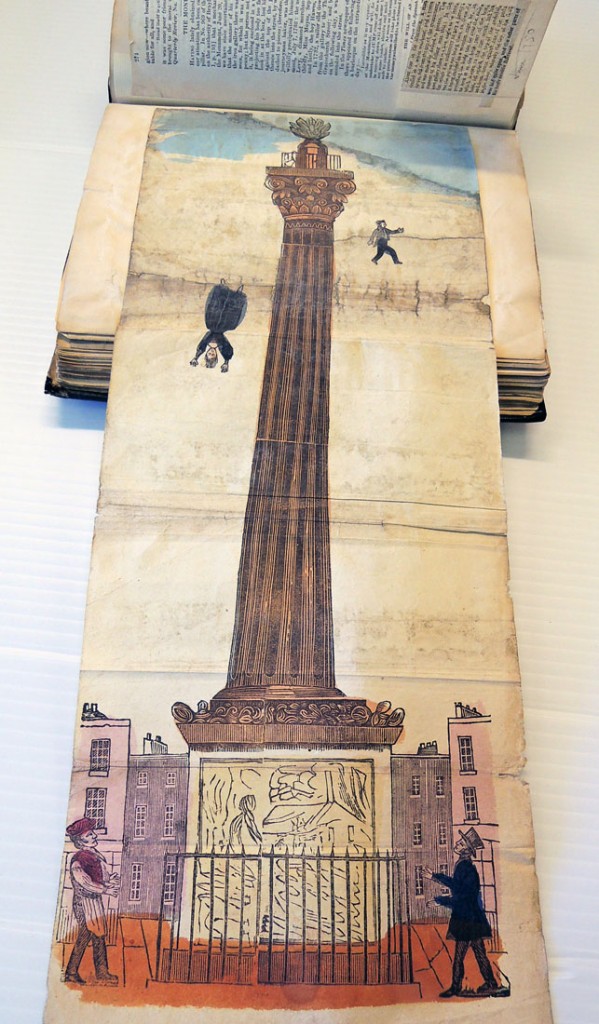
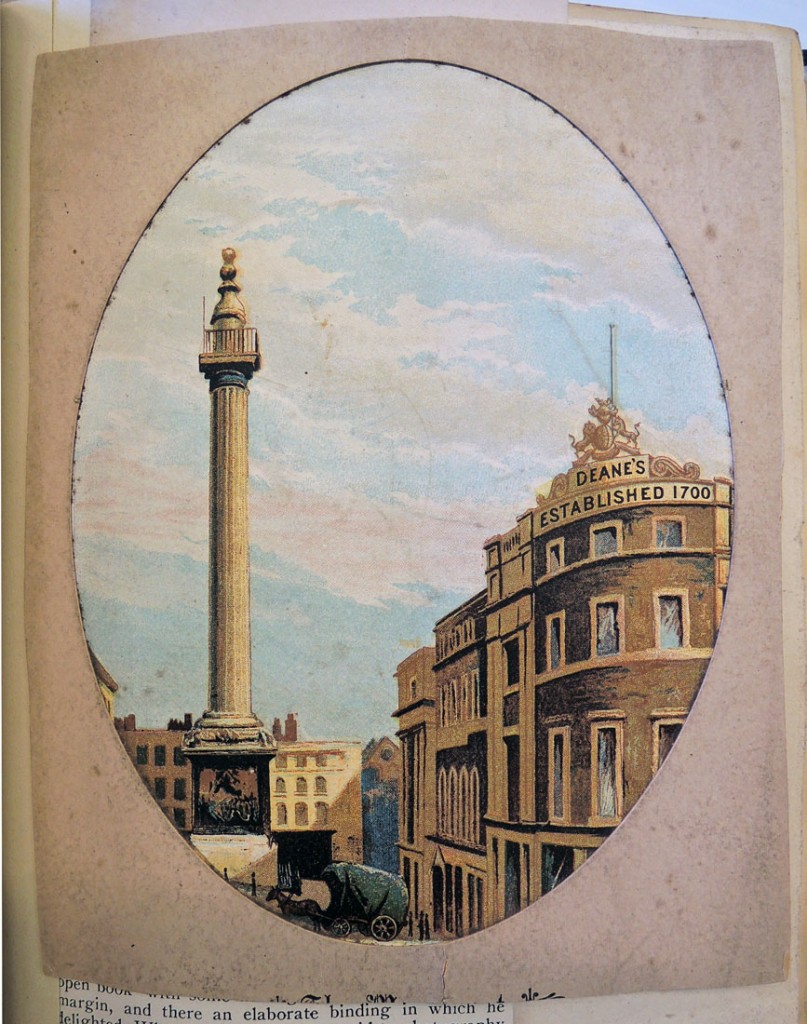
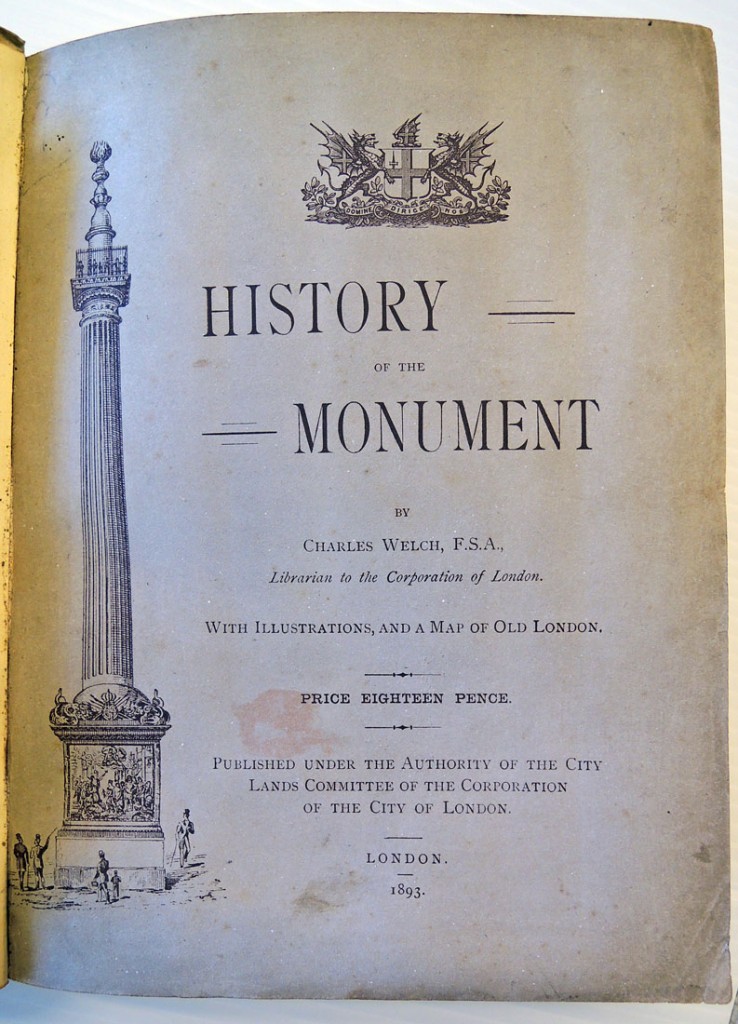
Charles Welch (1848-1924), History of the Monument (London: City Lands Committee of the Corporation of the City of London, 1893). Graphic Arts Collection GAX 2015- in process.
The Graphic Arts Collection recently acquired this extra-illustrated copy of Welch’s history of the London Monument, including many engravings, printed broadsides, albumen silver prints, related printed ephemera, printed guides to the Monument, as well as manuscript letters and notes. The whole was collected by Aleck Abrahams of Willesden Green, London, who assembled the collection and had it bound in black morocco and marbled boards, ca. 1910 by T. Ross, Binders to the King. There is a pocket on inside lower cover containing additional printed guide books.
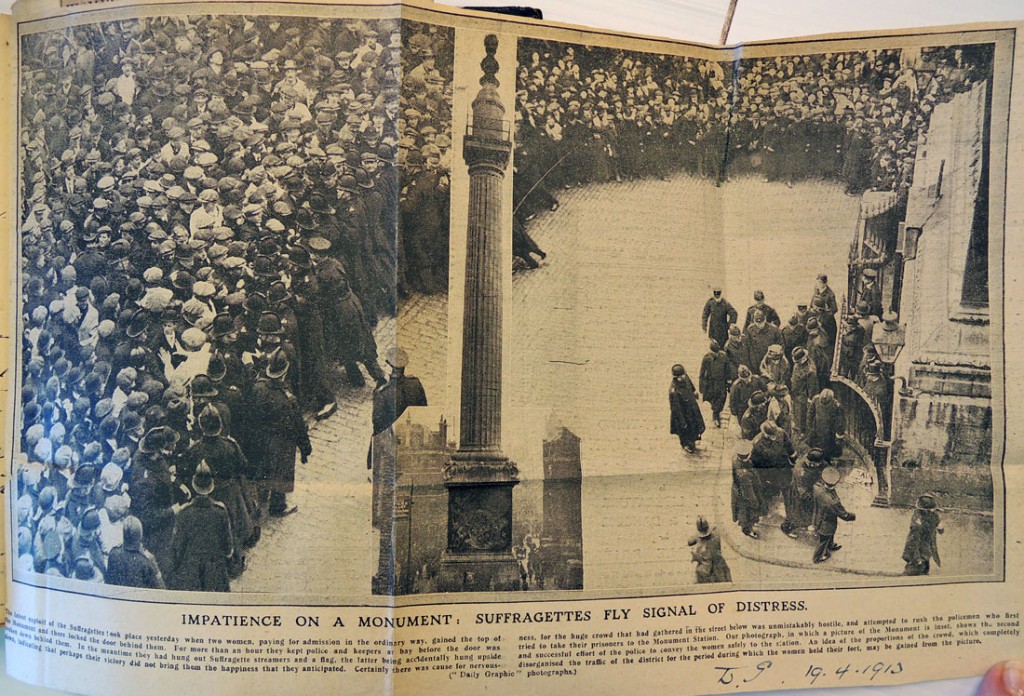
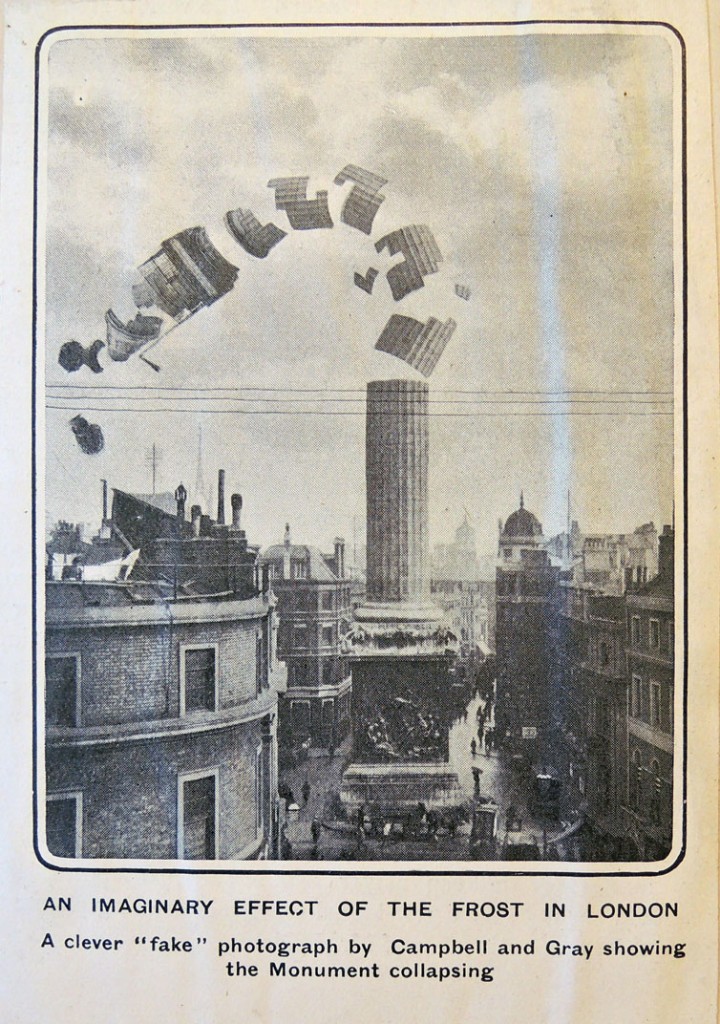
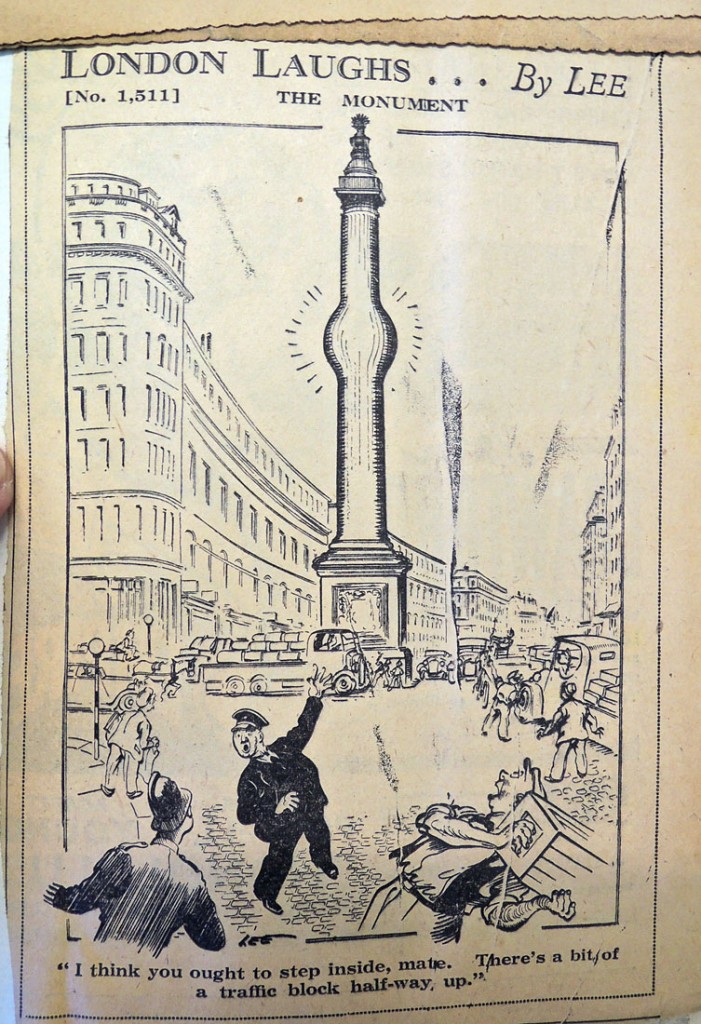
This is an extraordinary assemblage of images and printed ephemera relating to Christopher Wren’s Monument, which was erected in the city of London in 1677 to commemorate the Great Fire of 1666. The Doric column had a viewing platform at the top, the highest vantage point in the city of London, with unparalleled 360 ° views across London.
Unfortunately it was also a suicide hotspot, particularly for women, and Welch records a number of actual deaths (p. 54). Abrahams has added to this several large, popular broadsides depicting suicides. “Another Dreadful Suicide at the Monument by a Young Woman” was printed and published by E. Lloyd, ca. 1842. The woman falling to her death has been identified as Jane Cooper, a servant, who threw herself off the Monument. Another hand colored print, ca. 1810, shows a man and woman together leaping off the column, while onlookers watch from below.
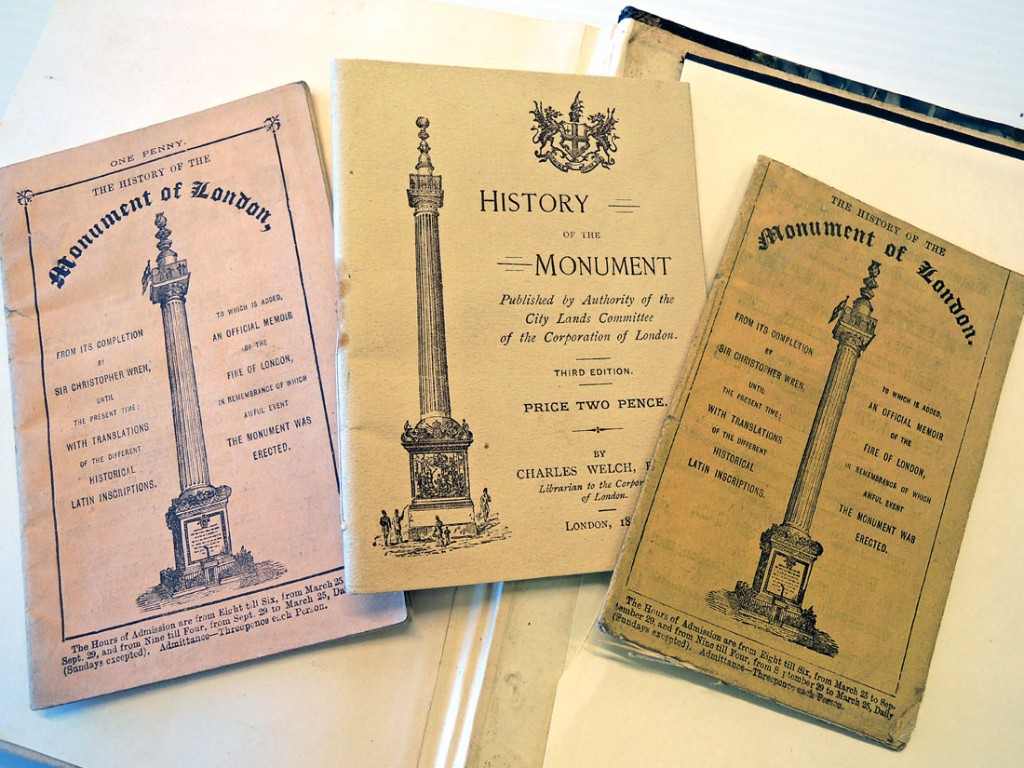

There is also a printed pamphlet Another Suicide by Precipitation from the Monument (London, 1839), with large folding woodcut of man falling from the Monument, in plain contemporary purple wrappers. News accounts of suffragettes marching and picketing around are juxtaposed with caricature and cartoons making fun of the structure. And much more.
At the end of his published book, Welch lists all the different “Views of the Monument” (p. 95-99) as well as printed books (mostly guide books) pertaining to the Monument (pp.99-100). Abrahams followed these lists and managed to find a large number of the prints and photographs, which he pasted, bound, and stuffed together into this single book. Here are a few examples.
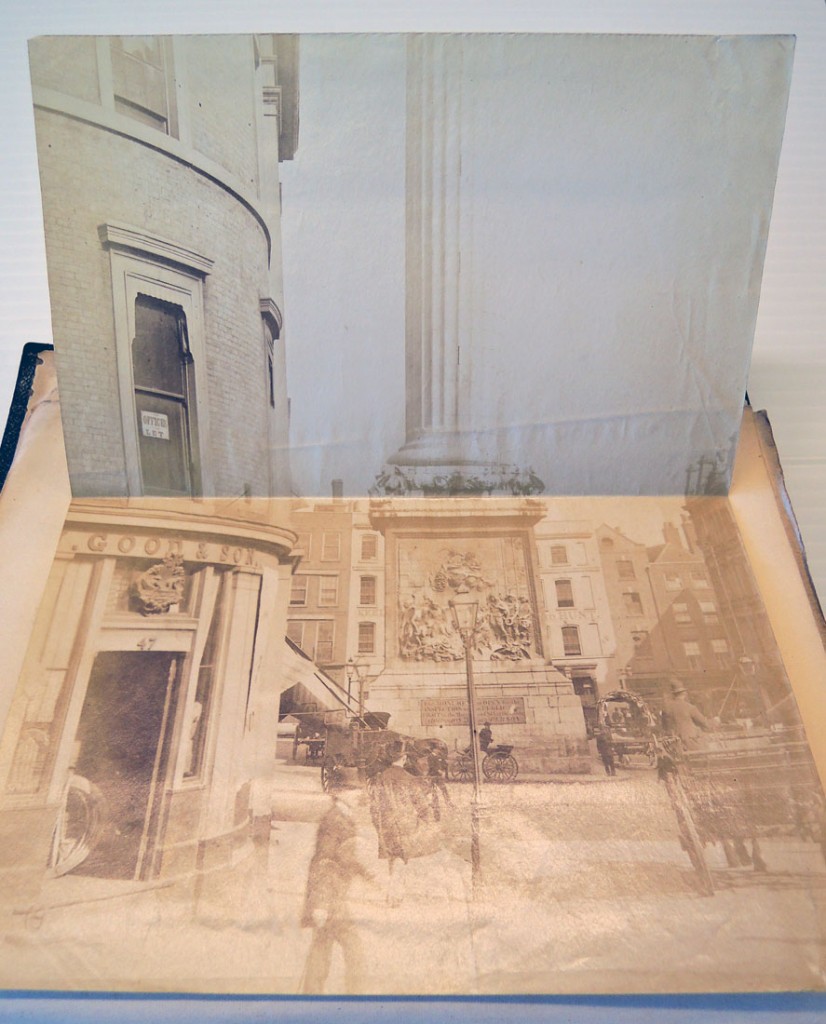
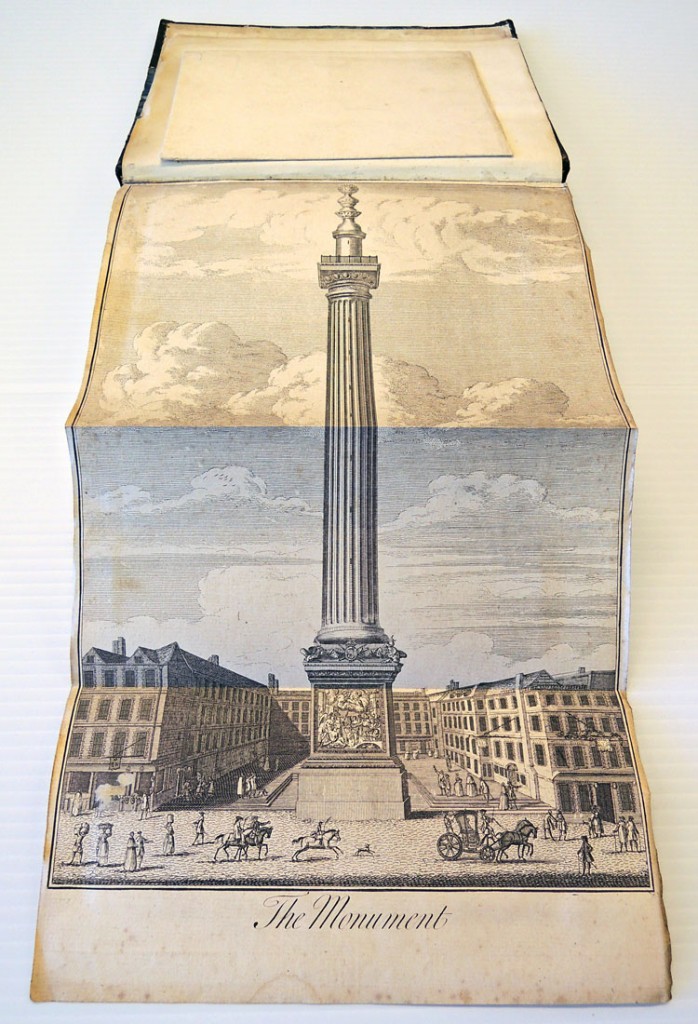
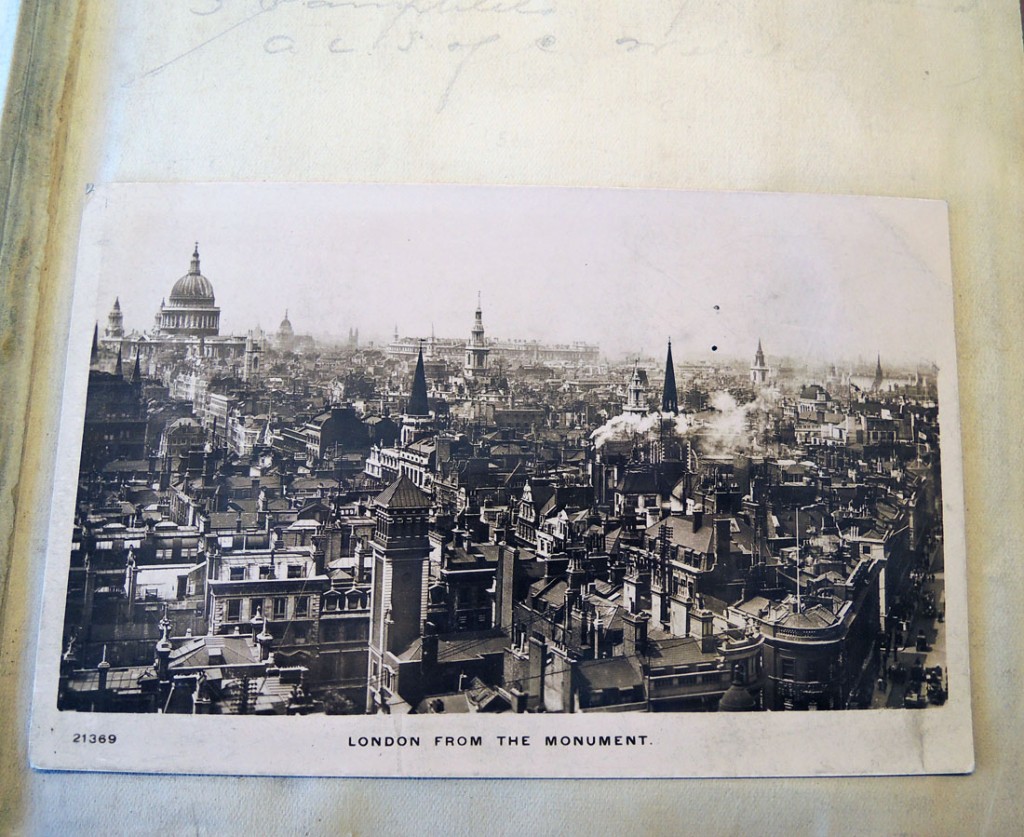 Charles Welch:
Charles Welch:
“The City of London heard with much regret of the death on Monday of Mr. Charles Welch, F.S.A., who for many years was the Librarian of the Guildhall,” reported The Times on January 17, 1924. “He was in his 76th year, and has been in retirement since 1906. The son of a physician at Hackney, Mr. Welch was born on July 21, 1848, and was sent to the City of London School under Dr. Mortimer. On leaving school joined at once the then small staff in the Guildhall Library, which consisted of a librarian and two assistants. During his service of more than 40 years he helped the library to develop into the largest in London, next to the British Museum . . . On the history and antiquities of the City Mr. Welch became an authority second only to the late Dr. R. R. Sharpe. He wrote lives of civic worthies in the Dictionary of National Biography, and contributed to the Victoria County Histories . . . His Modern History of the City of London, which justifies its title, is of great value to the student.”– Obituary. The Times Thursday, Jan 17, 1924; Issue 43551; pg. 14; col D — Mr. Charles Welch
Washington Irving Painted and Engraved Simultaneously
While many engravings are produced after oil paintings for the mass distribution and sale of an image, this representation of Washington Irving and other contemporary American writers was painted and engraved simultaneously. The faces were photographed by Mathew Brady and the fictional scene designed by Felix Darley. Then the painter Christian Schussele when off to one studio while the master printer Thomas Oldham Barlow when off to another. The results were exhibited in New York City in December 1863.
The oil painting is currently on view in the National Portrait Gallery and the mammoth steel engraving can be viewed in the Graphic Arts Collection at Princeton.
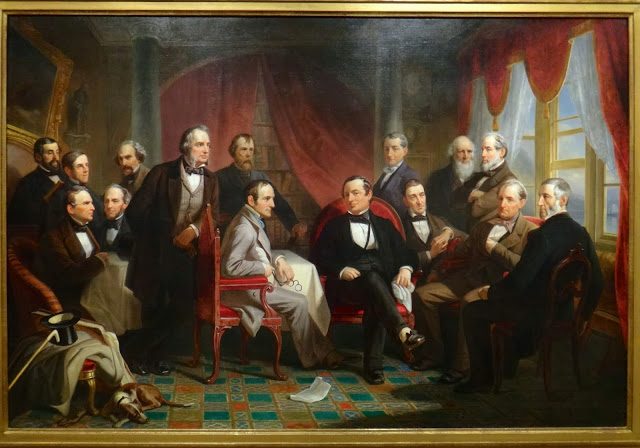
left to right: Henry T. Tuckerman (1813-1871), Oliver Wendell Holmes (1809-1894), William Gilmore Simms (1806-1870), Fitz-Greene Halleck (1790-1867), Nathaniel Hawthorne (1804-1864), Henry Wadsworth Longfellow (1807-1882), Nathaniel Parker Willis (1806-1867), William H. Prescott (1796-1859), Washington Irving (1783-1859), James Kirke Paulding (1778-1860), Ralph Waldo Emerson (1803-1882), William Cullen Bryant (1794-1878), John Pendleton Kennedy (1795-1870), James Fenimore Cooper (1789-1851), and George Bancroft (1800-1891).
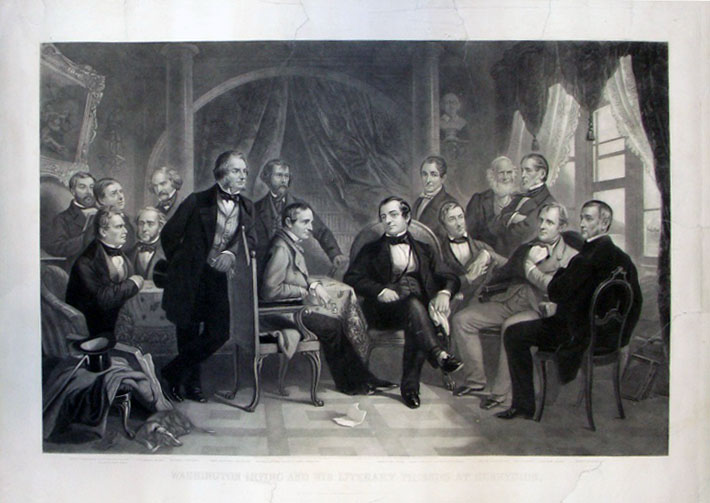 Washington Irving and His Literary Friends at Sunnyside, 1863. Steel line and stipple engraving. Engraving by Thomas Oldham Barlow (1824-1889), after a drawing by Felix Octavius Carr Darley (1822-1888), made from photographs by Mathew B. Brady (1823-1896), in conjunction with an oil painting by Christian Schussele (1824-1879). Graphic Arts Collection.
Washington Irving and His Literary Friends at Sunnyside, 1863. Steel line and stipple engraving. Engraving by Thomas Oldham Barlow (1824-1889), after a drawing by Felix Octavius Carr Darley (1822-1888), made from photographs by Mathew B. Brady (1823-1896), in conjunction with an oil painting by Christian Schussele (1824-1879). Graphic Arts Collection.
Christian Schussele (1824-1879), after design by Felix O.C. Darley (1822-1888), Washington Irving and His Literary Friends at Sunnyside, 1863. National Portrait Gallery, Washington D.C.
For more information see: https://blogs.princeton.edu/graphicarts/2008/01/the_sensation_of_the_day_is_th.html
Dance of the Demons, New Orleans, 1904
 The Graphic Arts Collection holds a rare Rex Edition Carnival Bulletin published February 16, 1904. Founded in 1872, the Rex Organization of New Orleans was established to provide a monarch to lead the parade and to add spectacle to the city’s Mardi Gras celebration. http://www.probonopublicofoundation.org/about-us/
The Graphic Arts Collection holds a rare Rex Edition Carnival Bulletin published February 16, 1904. Founded in 1872, the Rex Organization of New Orleans was established to provide a monarch to lead the parade and to add spectacle to the city’s Mardi Gras celebration. http://www.probonopublicofoundation.org/about-us/

The foundation describes the Rex process as “the highlight of Mardi Gras day since the Rex Organization was formed and first paraded in 1872. While there had been celebrations in many forms on Mardi Gras before that time, the Rex Parade gave a brilliant daytime focus to the festivities, and provided a perfect opportunity for Rex, King of Carnival, to greet his city and his subjects.
The Rex Procession today is true to the long tradition of rich themes, elegant design, and floats built with traditional materials and designs. Most of Rex’s floats are built on old wooden wagons with wood-spoked wheels. In recent years the theme and design of the parade have been suggested in advance of the parade with the publication of Parade Bulletins, designed to give the public a glimpse of what will roll from the Rex Den on Mardi Gras day.”
Pirate Story by Washington Irving
The verso of this pencil drawn title page is inscribed “[Washington] Irving’s Guests from Gibbet Island, illustrated by Charles Greene Bush, November 1859.” The Graphic Arts Collection holds this oblong folio with original sketches by Charles Bush (1842-1909), including the fourth plate showing two drunken pirates with three skeletons in chains. Apparently unpublished, this is the mock up for a proposed illustrated edition of Irving’s 1839 pirate story.
“In 1839 Irving published a story in the Knickerbocker Magazine called Guests from Gibbet-Island. His source was Gäste vom Galgen (Guest from the Gallows), a tale in the Grimm Brothers’ Beutsche Sagen (1816-1818), a work Irving had acquired in Dresden in 1823 and had been reading in Paris later that year.
The Grimms’ tale is brief. A drunken innkeeper on his way home encounters three hanged men on a gallows and in jest invites them to supper with him. When he reaches his home he finds them waiting for him and he collapses in horror and dies. To Americanize and expand this tiny German tale Irving set it in the Dutch community of New York in the British colonial period, and he has given it a background of piracy . . . .
Irving’s title, Guests form Gibbet-Island, indicates the dependence of his plot on the German source, but he has used the Grimms’ tale for what he calls ‘the butt-end of his story’ and stretched it to cover many years.” –Neil Rennie, Treasure Neverland: Real and Imaginary Pirates (2013).
 See also volumes under Charles Bush’s pseudonym Sir Michel Angelo Ralph Smith.
See also volumes under Charles Bush’s pseudonym Sir Michel Angelo Ralph Smith.
William H. Beckett, Rhymes of nonsense, truth and fiction by Prof. Chaucer Jones with illustrations by Sir Michel Angelo Ralph Smith (New York: G.W. Carleton and Company, 1874). Rare Books (Ex) PN6231.L5 B42 1874
George Brehm
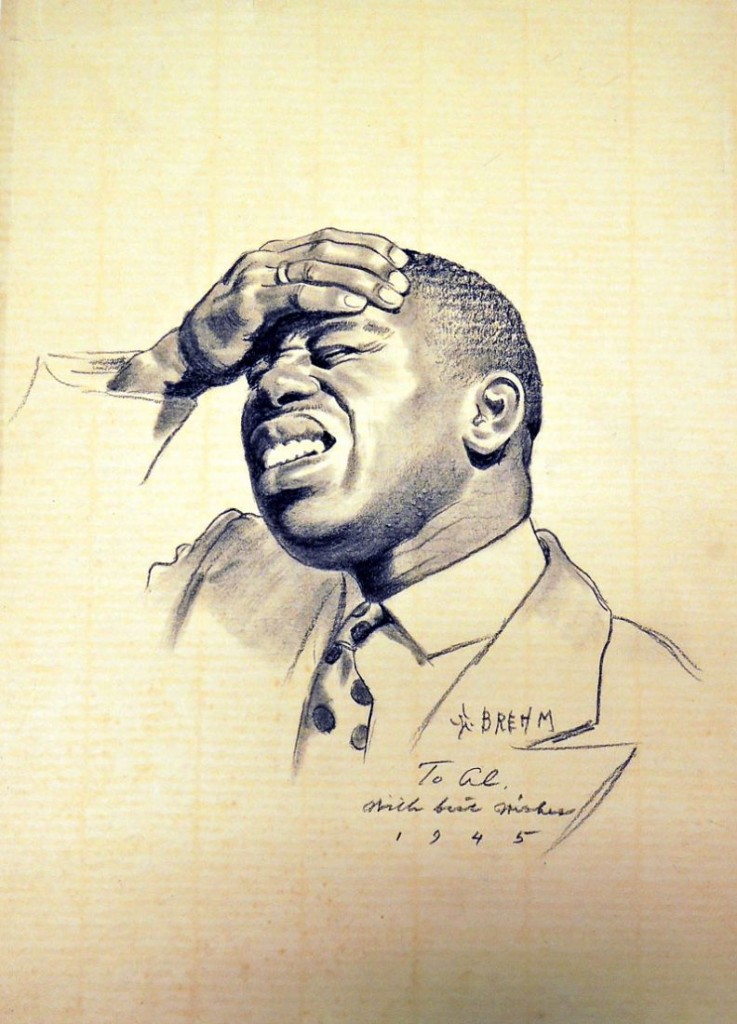
George Brehm (1878-1966), “Do You Mean to Stand There an’ Tell Me You Has Lost my Ring?” for The Malady Lingers On by Octavus Roy Cohen, signed 1945. Charcoal sketch. Graphic Arts Collection GA 2007.00212
George Brehm (1878-1966) gave this sketch to his friend Al Pach in 1945. It was a study for the illustration “Do You Mean to Stand There an’ Tell Me You Has Lost My Ring?” published in the November 12, 1938, Saturday Evening Post with the story The Malady Lingers On by Octavus Roy Cohen (1891-1959).
The Indiana-born artist spent most of his working life in New York City, drawing for a variety of publications, including The American Magazine, Broadway Magazine Colliers, Cosmopolitan, Country Gentleman, The Delineator, Good Housekeeping, Harper’s Monthly, Ladies Home Journal, McCall’s, Metropolitan Magazine, Munsey’s, Pictorial Review, The Red Book Magazine, and Woman’s Home Companion.
Back to School

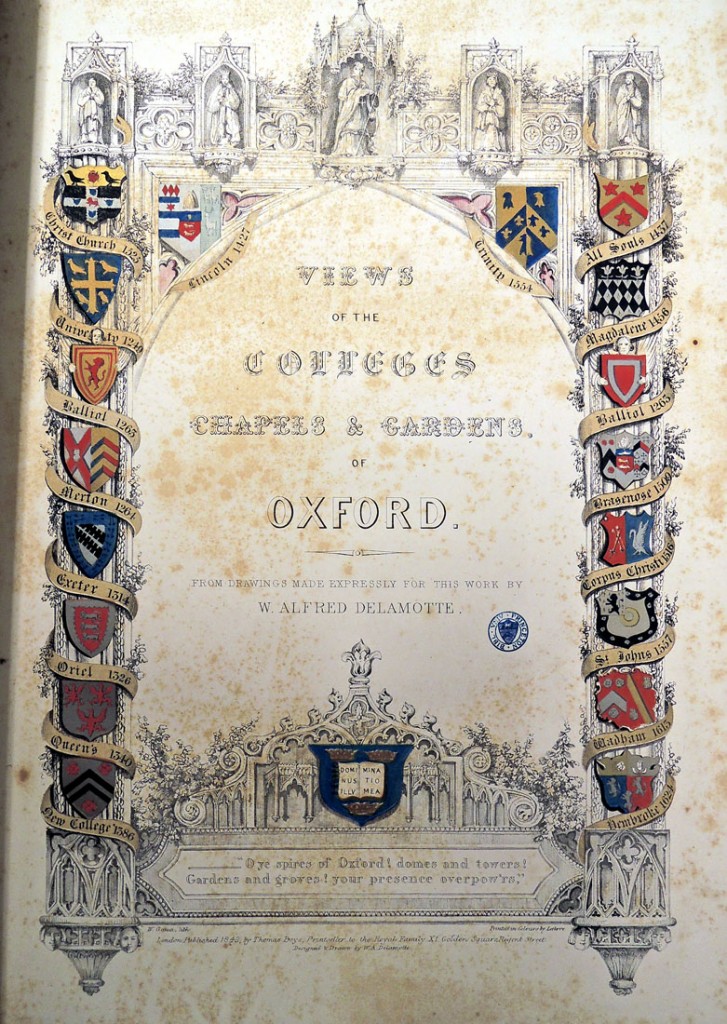 William Delamotte (1775-1863), Original Views of Oxford, Its Colleges, Chapels, and Gardens. From drawings made expressly for this work by William Alfred Delamotte; executed in lithography by William Gauci (London: T. Boys, 1843). 25 lithographs. Text by Charles Ollier (1788-1859). Graphic Arts Collection (GA) Oversize LF528 .D3e
William Delamotte (1775-1863), Original Views of Oxford, Its Colleges, Chapels, and Gardens. From drawings made expressly for this work by William Alfred Delamotte; executed in lithography by William Gauci (London: T. Boys, 1843). 25 lithographs. Text by Charles Ollier (1788-1859). Graphic Arts Collection (GA) Oversize LF528 .D3e
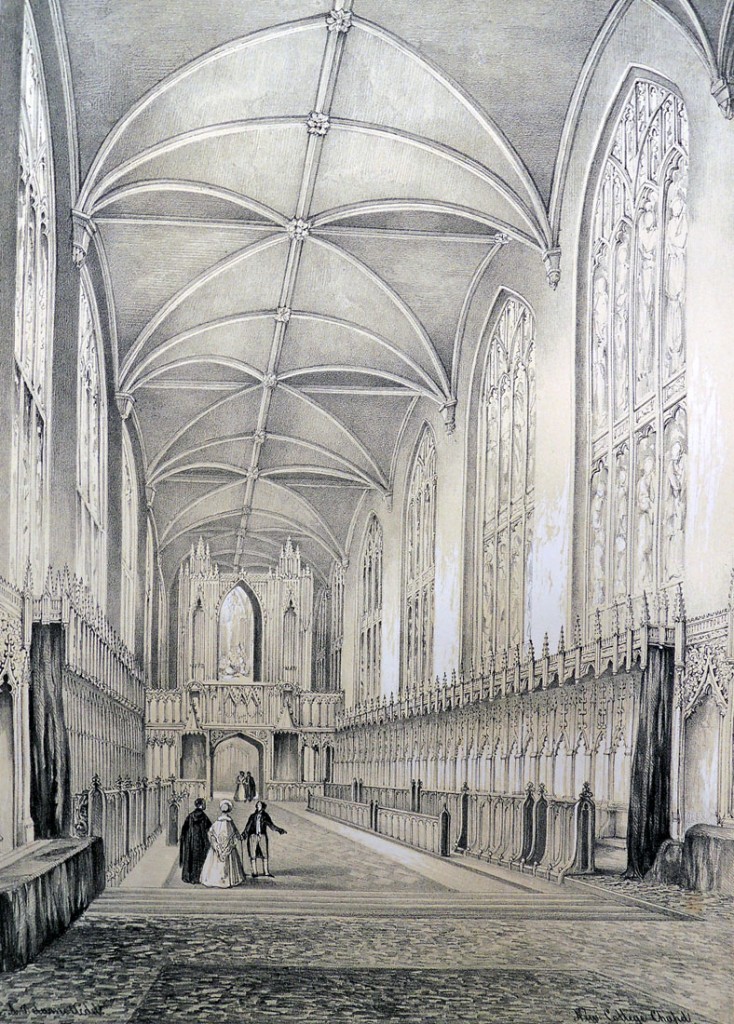
“O Ye Spires of Oxford! Domes and Towers!
Gardens and Groves! Your Presence Overpowers”
Pat Enright
 Walter J. “Pat” Enright (1879-1969), Al Pach Told Me That One, no date. Pen and wash drawing. Graphic Arts Collection GA 2007.00223
Walter J. “Pat” Enright (1879-1969), Al Pach Told Me That One, no date. Pen and wash drawing. Graphic Arts Collection GA 2007.00223
This is an original drawing from Al Pach’s personal copy of the 1935 Artists and Writers Golf Association membership directory. Alfred Pach (1884-1965)–the brother of the artist Walter Pach–had friends autograph and sketch inside his copy of the directory. Rube Goldberg wrote the foreword as well as captions for each member’s portrait, which were photographed by Pach.
The political cartoonist and illustrator Walter J. “Pat” Enright (1879-1969) was born in Chicago and studied at the Art Institute before moving to New York City. He drew cartoons for the New York Evening World in the 1920s and the New York American in the early 1930s. After moving to Florida, he worked for the Miami Herald from 1933 to 1943 and the Palm Beach Post from 1943 to 1948.
While living in Florida, Enright became interested in wildlife conservation, the alligator in particular. In 1947, he wrote and illustrated Al Alligator and How He Learned to Play the Banjo.
Hoppin Sketchbook
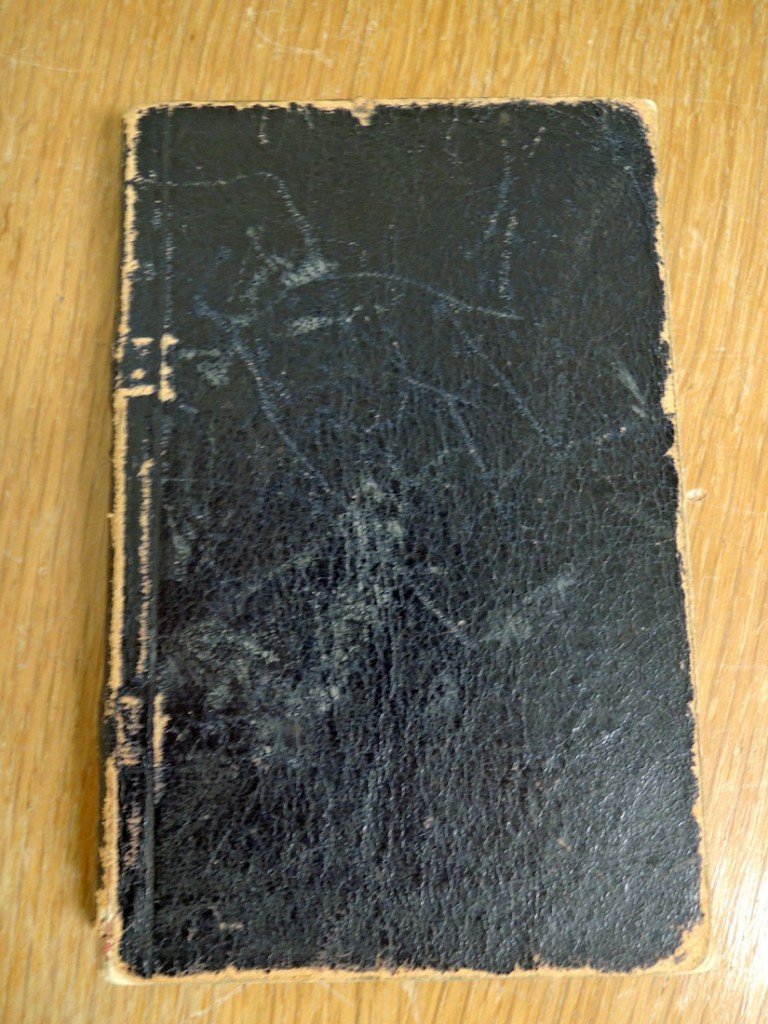
Augustus Hoppin (1828-1896), Sketch Book containing pencil and pen and ink drawings. Inscribed: Augs. Hoppin, May 10th, 1866, P.O.W. Killingly, Box no. 73. Graphic Arts Collection. Gift of Sinclair Hamilton, Class of 1906.
Princeton University Library holds nearly 100 books with plates by Augustus Hoppin (1828-1896). Born in Providence, Rhode Island, Hoppin originally studied for the bar but abandoned the practice for a career as an illustrator.
His work began to appear in magazines in the late 1840s and in books in the early 1850s. It was principally confined to drawings of polite society, which he satirized in an amiable way. Sinclair Hamilton, who collected his work, called the artist the American DuMaurier, after the British illustrator George Du Maurier (1834-1896).
Thanks to Hamilton, we also hold one of Hoppin’s sketchbooks, a few pages of which are posted here.
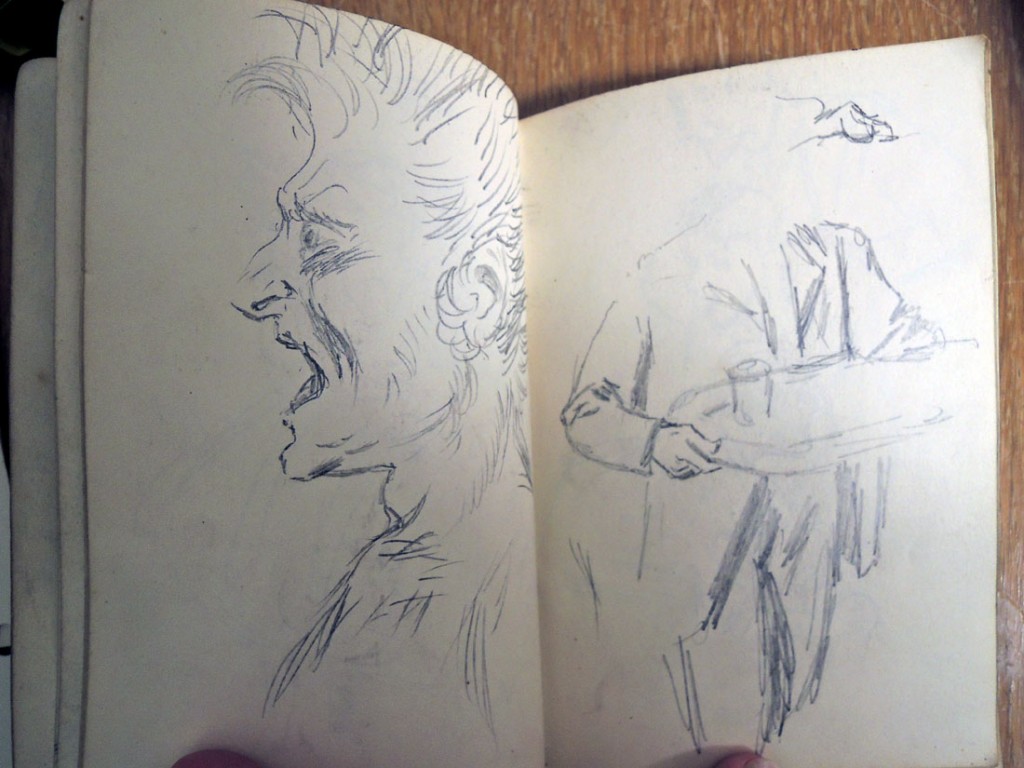
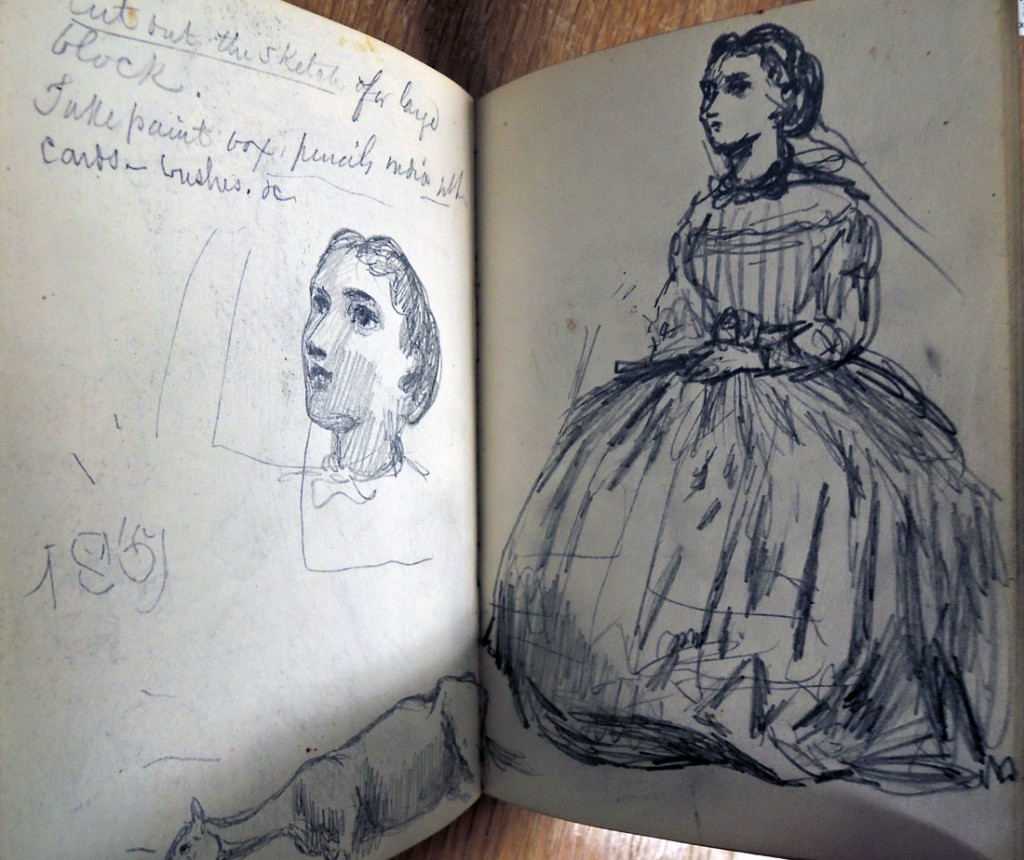

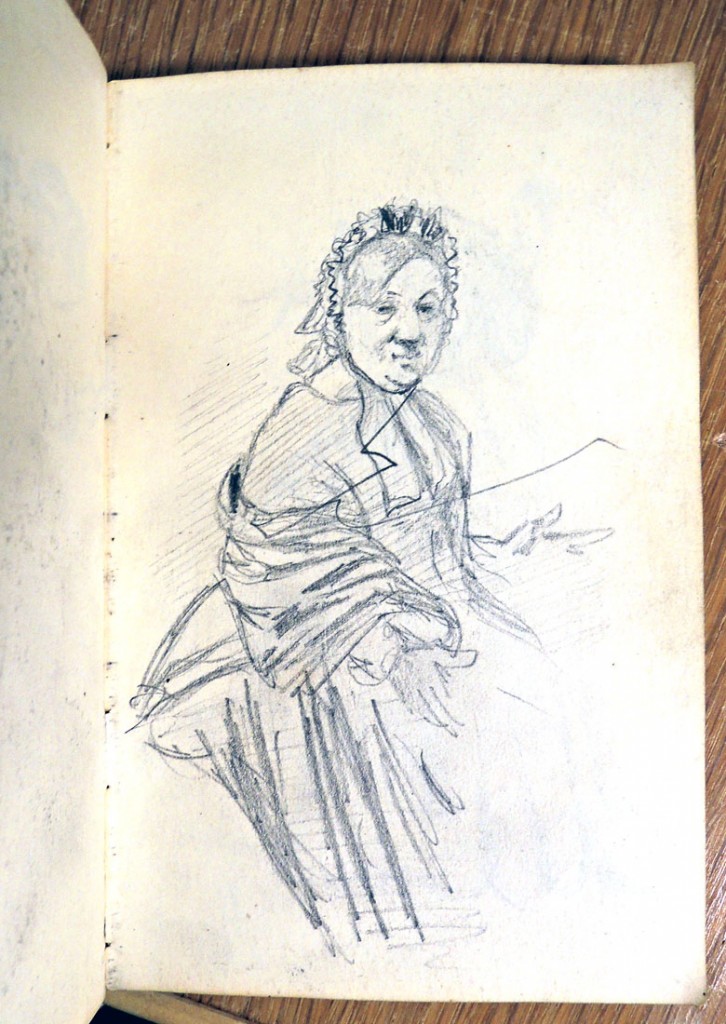 Here are a few pages of his published wood engravings to compare with his sketches. These are from Mark Twain (1835-1910) and Charles Dudley Warner, The Gilded Age: a Tale of To-Day; fully illustrated from new designs by Hoppin, Stephens, Williams, White, etc., etc. (Hartford: American Publishing Co., 1873). Graphic Arts Collection (GAX) Hamilton 897(1)
Here are a few pages of his published wood engravings to compare with his sketches. These are from Mark Twain (1835-1910) and Charles Dudley Warner, The Gilded Age: a Tale of To-Day; fully illustrated from new designs by Hoppin, Stephens, Williams, White, etc., etc. (Hartford: American Publishing Co., 1873). Graphic Arts Collection (GAX) Hamilton 897(1)
See also his autobiography: Augustus Hoppin (1828-1896), Recollections of Auton House (Boston; New York: Houghton, Mifflin and Company, 1882). Graphic Arts Collection (GAX) Hamilton 905. Charles Auton was one of his pseudonyms.

